Samsung Galaxy Z Fold 4 camera review: They really are better!
Surprisingly, the 50MP camera isn't the actual big upgrade.
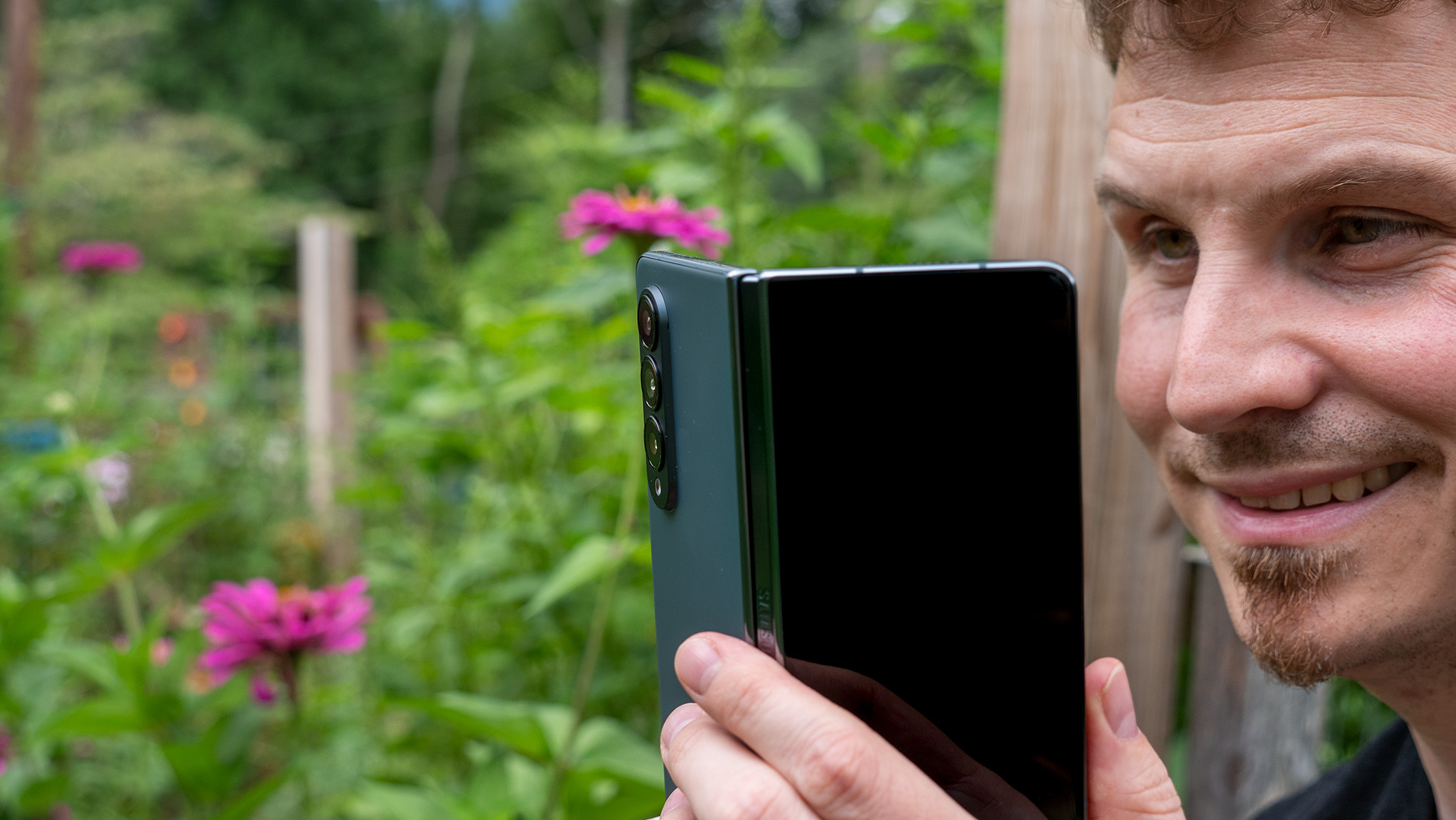
The Samsung Galaxy Z Fold 4 and Galaxy Z Flip 4 feature some notable camera sensor improvements — particularly the Fold 4, which uses the same 50MP sensor from the Galaxy S22 — but do these new sensors really enhance the quality of photos in a meaningful way?
I put the Samsung Galaxy Z Fold 4 through its paces to find out how it compares to the Z Fold 3 and if it packs an actual good camera, not just an improved one.
Whether it was around my house, down in town, or over in the River Arts District to check out some amazing graffiti, I've made sure to grab a few samples from the main camera, ultra-wide camera, telephoto camera, and front-facing camera to give you an idea of what you can expect if you were planning to pick up one of these great foldable phones.
Samsung Galaxy Z Fold 4 camera vs Galaxy Z Fold 3 camera
Of the two new Samsung foldables, the Fold 4 features the most camera improvements. The main sensor on the back is the same great 50MP sensor from the Galaxy S22 and S22 Plus, and Samsung even included the same 10MP telephoto sensor from those phones with a 3x optical zoom lens. That delivers up to 30X "Space Zoom," as Samsung calls it, which is a hybrid digital and optical zoom method that enhances fine details.
The Ultra-wide sensor and cover camera sensors are the same resolutions but are newer sensors than what's in the Fold 3. The under-display camera is the same 4MP sensor from the Fold 3, but Samsung changed up the display a bit to further optimize the concept, delivering cleaner photos and better hiding the sensor.
Without further ado, here are the differences in quality between the Galaxy Z Fold 4 and Fold 3 cameras!
Main camera
No camera review of mine is complete without photos of my lovable backyard chickens. I took these under the deck, which provides shade for them during the day. Please excuse the mess, as I'm in the middle of building a rabbit hutch!
Get the latest news from Android Central, your trusted companion in the world of Android
The first photo has a less processed look on the Z Fold 4 when compared to the Fold 3. Primarily, it's not over-sharpened like the Fold 3's photo is, which makes it look more like it was taken with a "proper" camera and not a smartphone.
The second photo of one of my other chickens is totally out of focus on the Z Fold 4. You might call fowl on the test (see what I did there?), but the Fold 4 did this several times while the Fold 3 has her in focus every time. I ended up taking this photo five times on each phone and all of them came out this way. Will need to test more but it's disconcerting. My best guess is that something with her feather coloring versus the other chickens was tricking the sensor.
The third photo of a warehouse is indistinguishable between the two, but I have a few other daytime photos where this occurred. Can't be an upgrade all the time!
Lastly, the fourth example was taken in the local Target while I was perusing for coffee. On the bright side, the Fold 4's picture has slightly clearer fine detail (look at the price labels). The problem is that it's pretty overexposed when compared to the Fold 3.

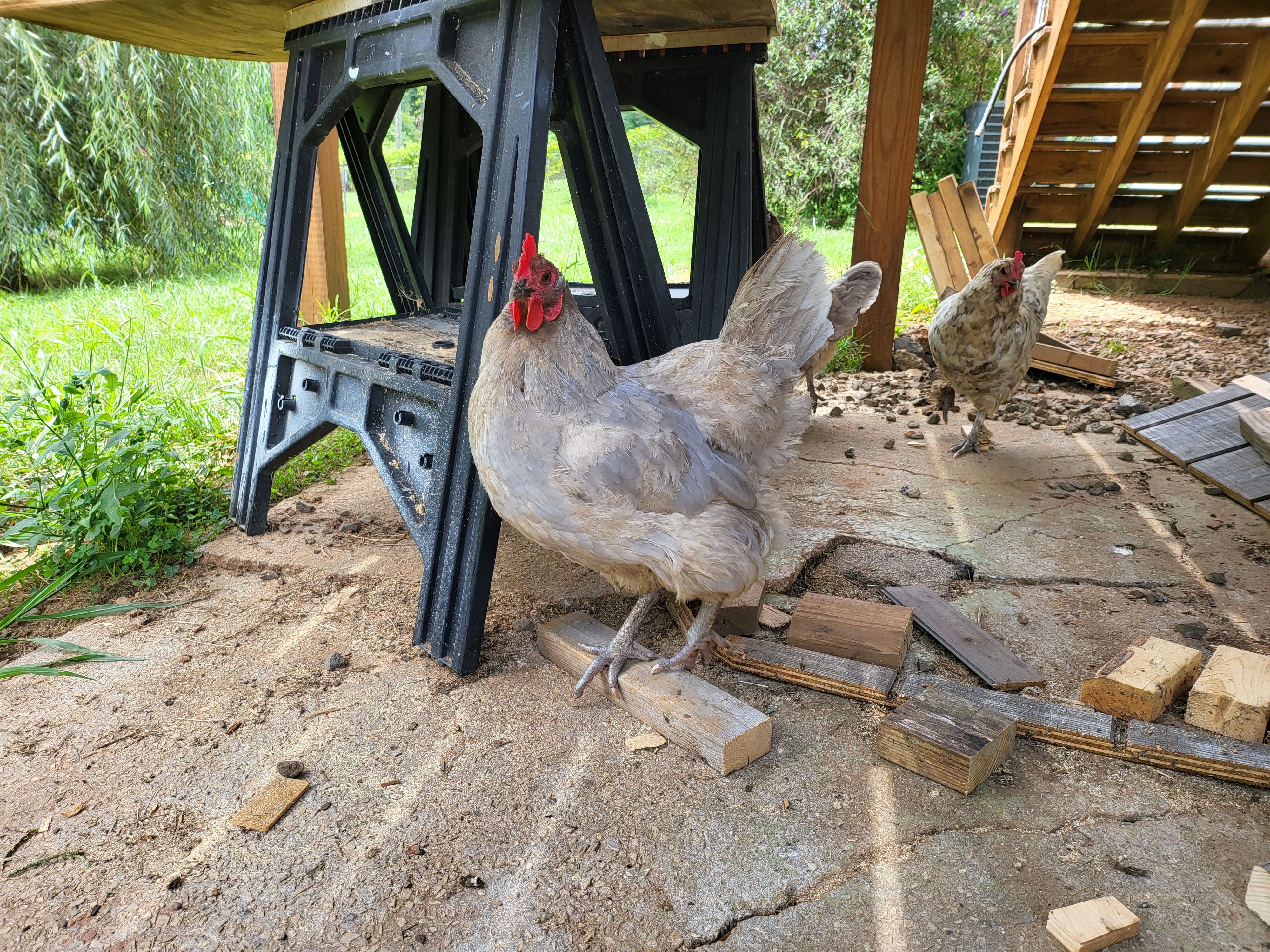

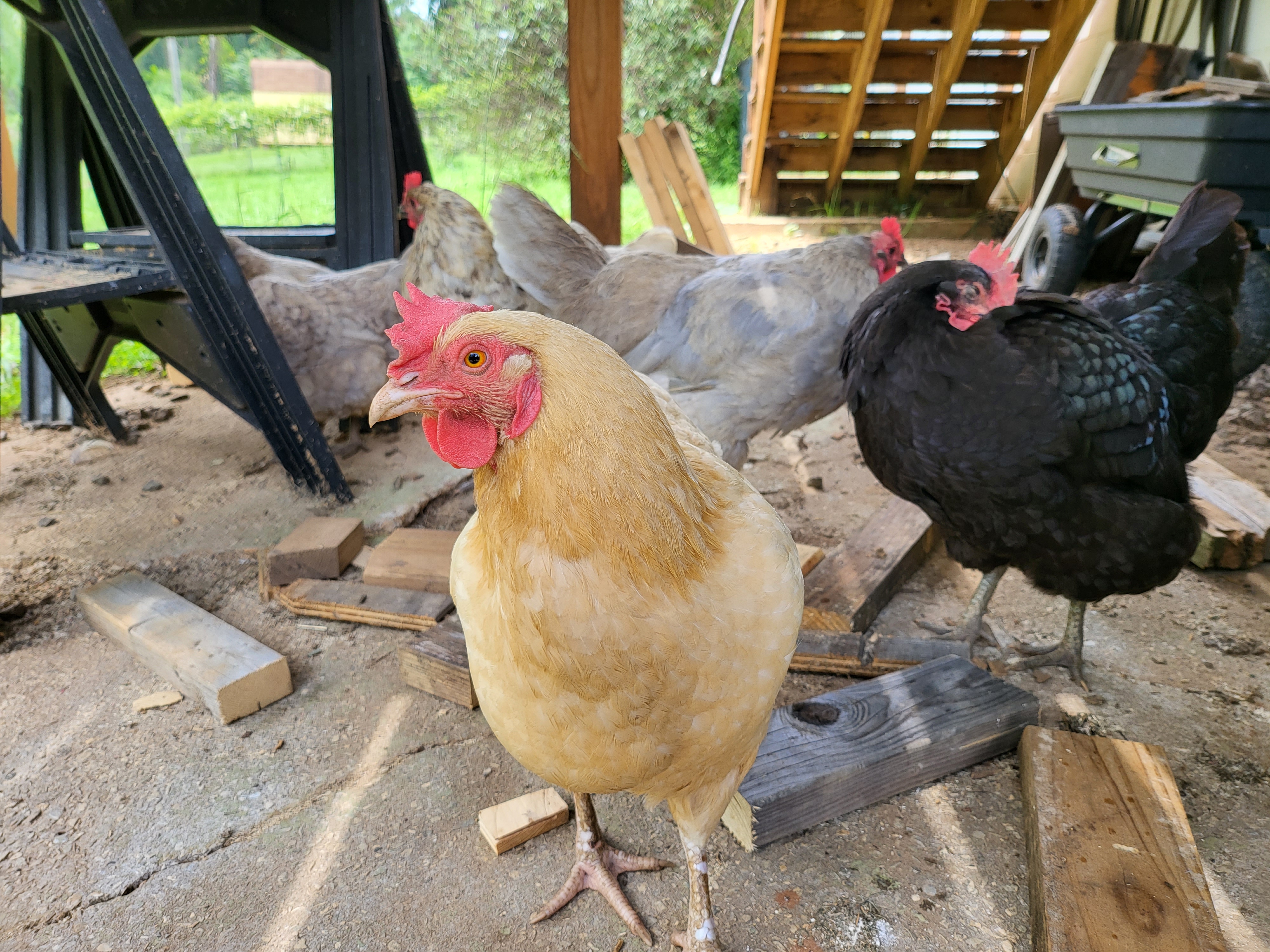
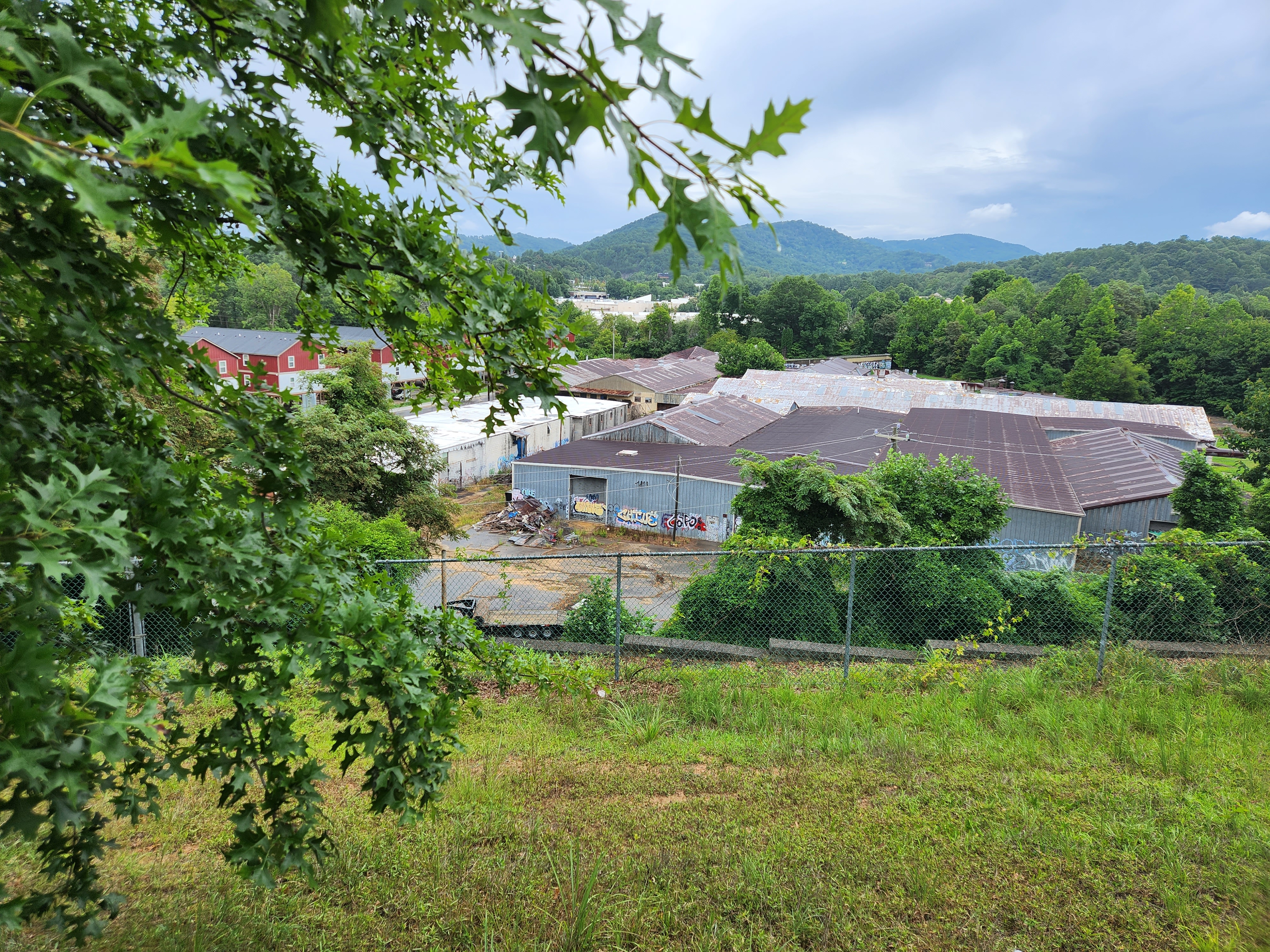
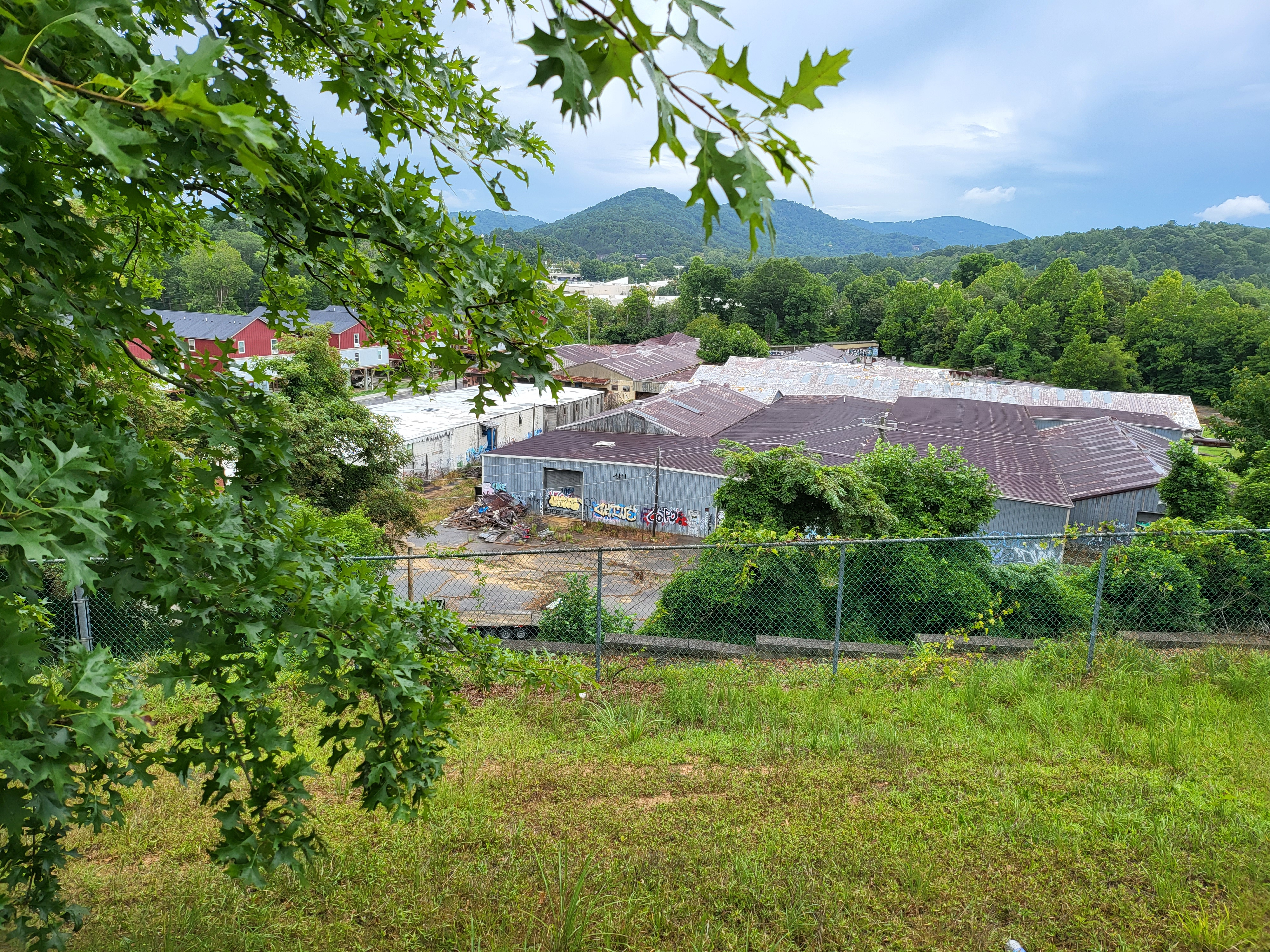
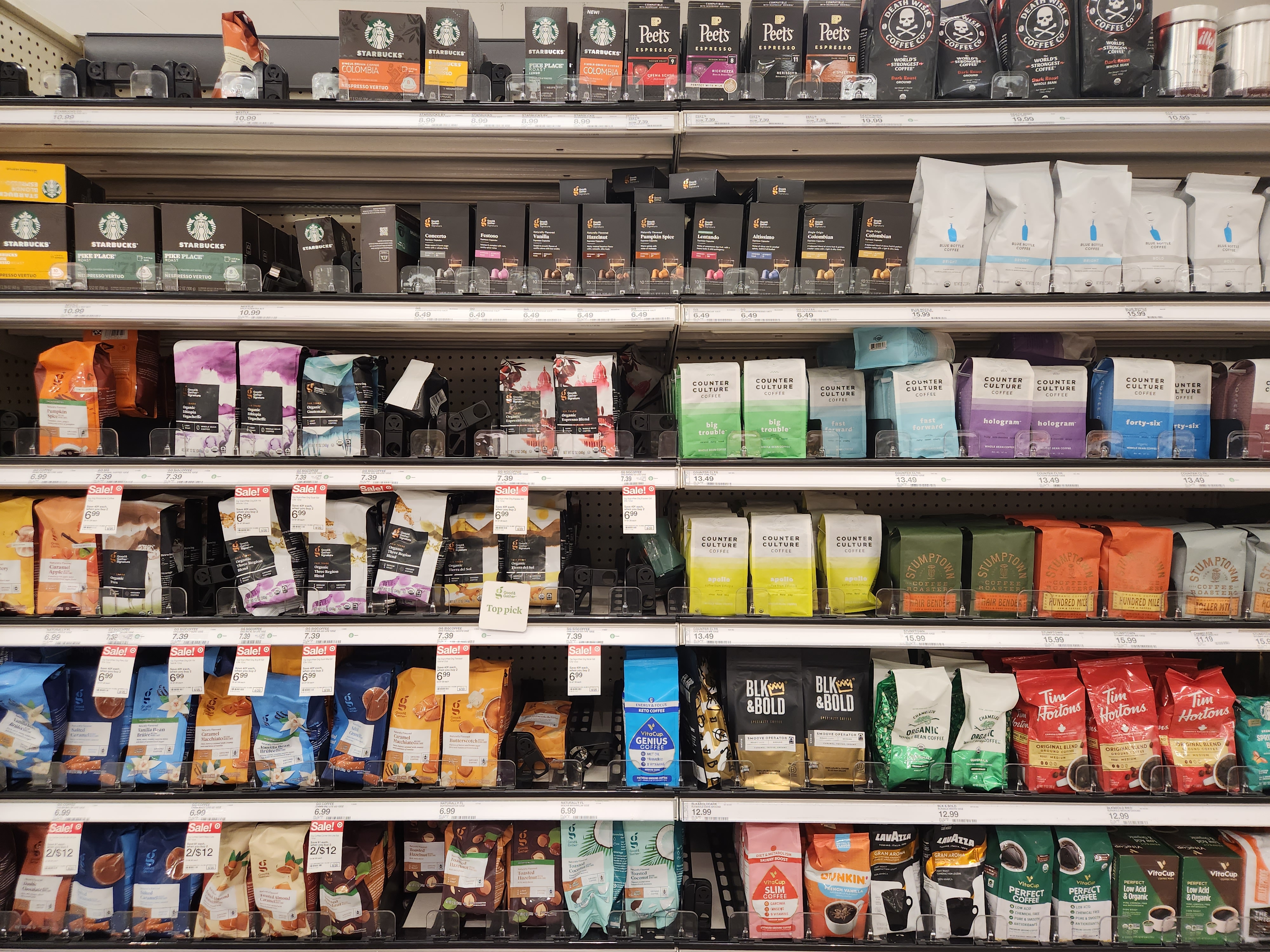
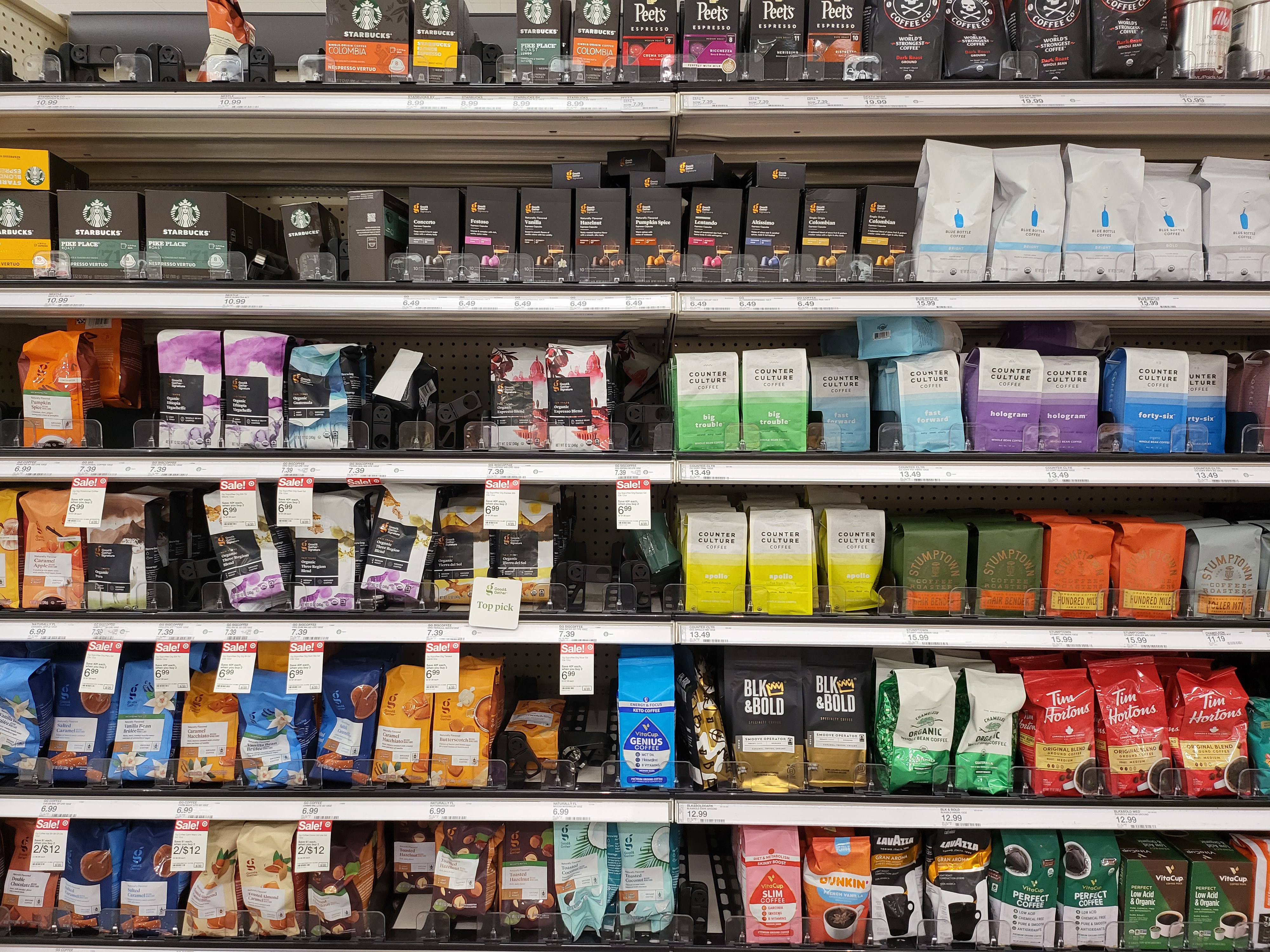
I stepped out at 5 am this morning to ensure I got several low-light photos that would be worth comparing. The first is at a well-enough-lit corner of a closed shop where you can see the Fold 4's white balance looks much better. There's also a noticeable bump to fine detail in this scene versus the Fold 3.
In the second low-light example of a rather intricately graffitied wall, you'll see a notable difference in brightness/dynamic range between the two phones. There's only the slightest bump to fine detail but that brightness increase on the Fold 4 is impressive.
The last low-light example looks identical at first glance, but a closer inspection reveals very, very slight improvements to fine detail and focus. But here's the thing: this was a very dark area and the night mode had me hold both phones still for several seconds. The Fold 3 needed a 7-second exposure for this shot, while the Fold 4 only needed 4 seconds to achieve the same result. That's an improvement, for sure!
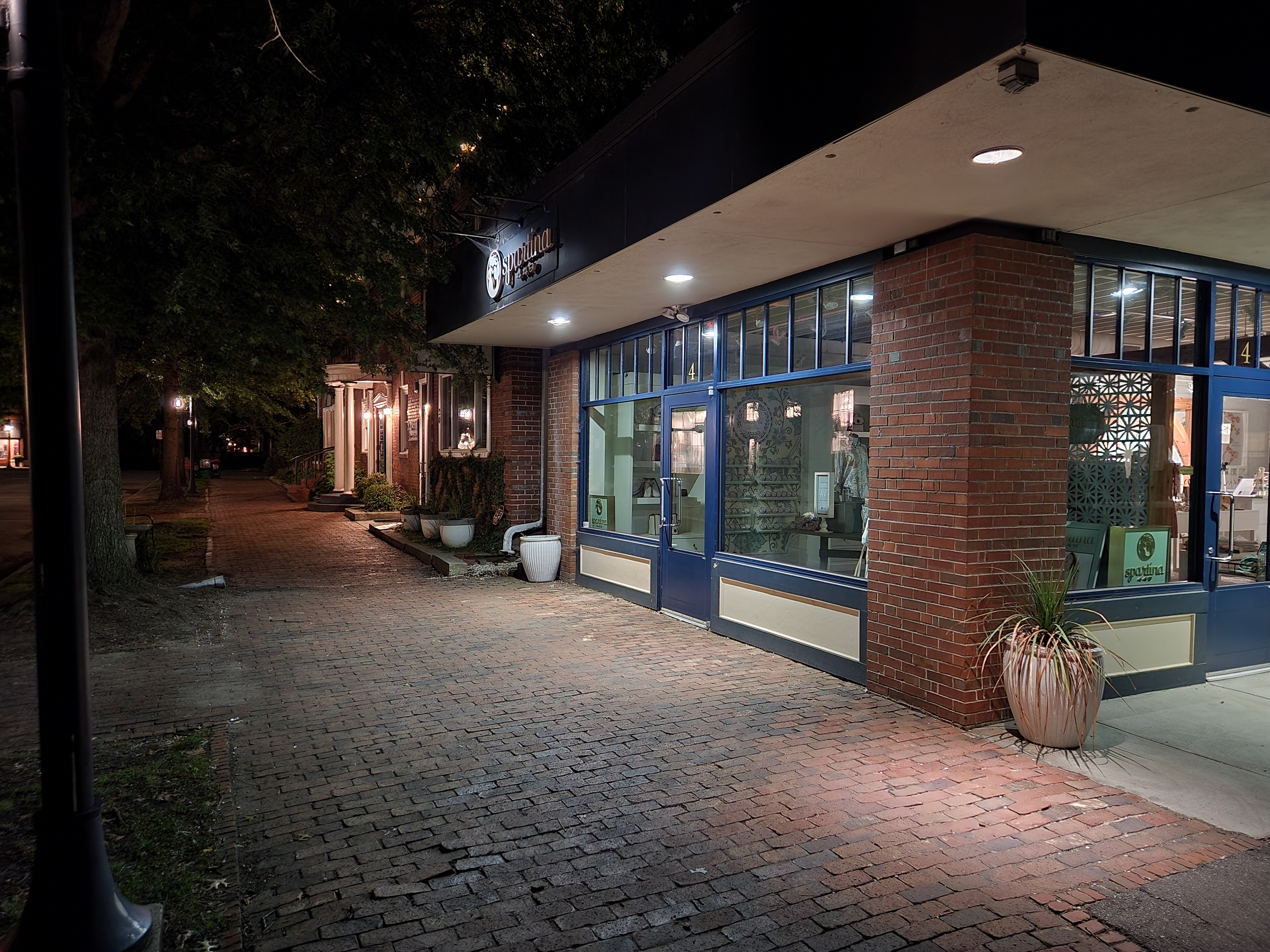
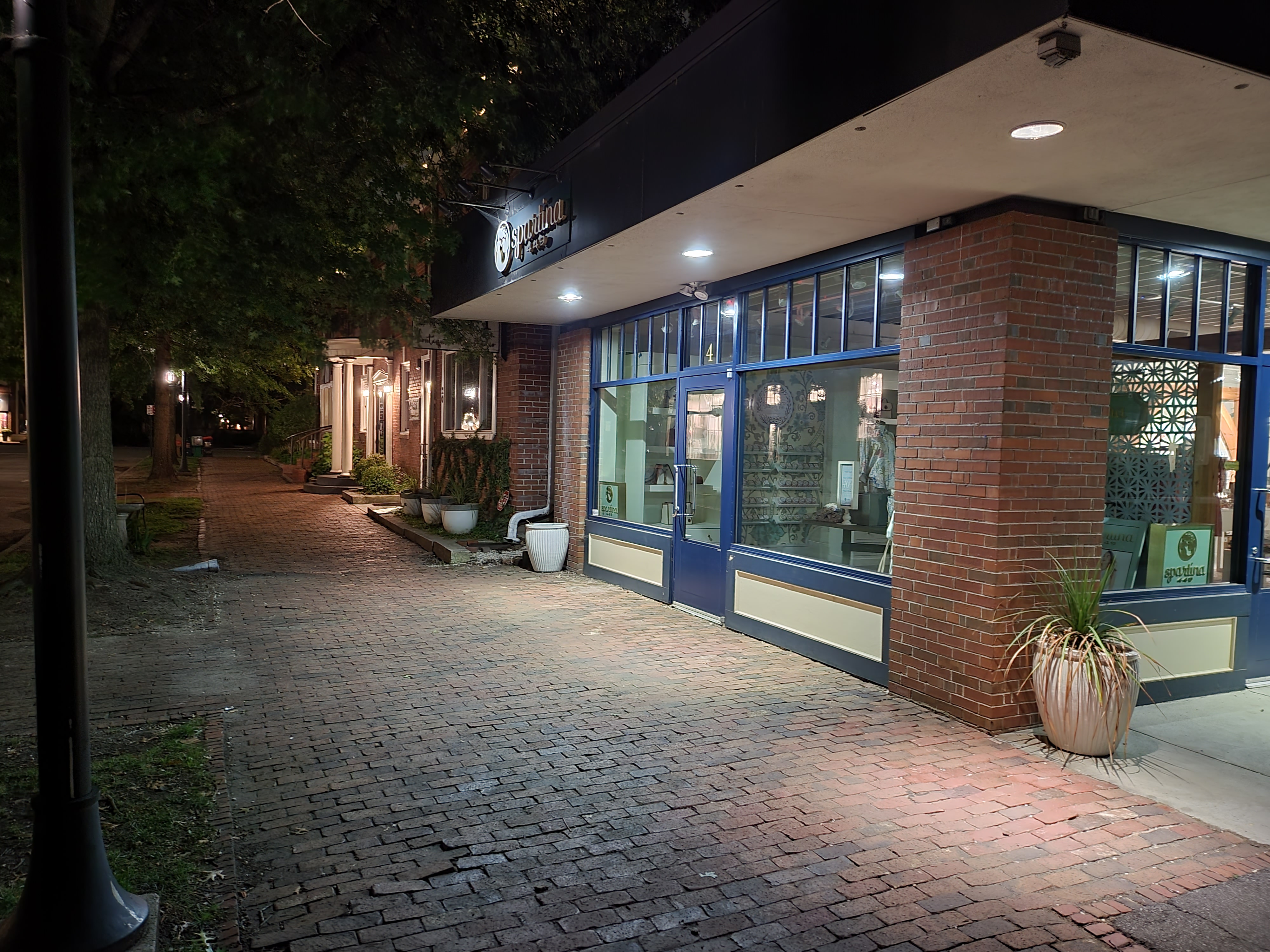
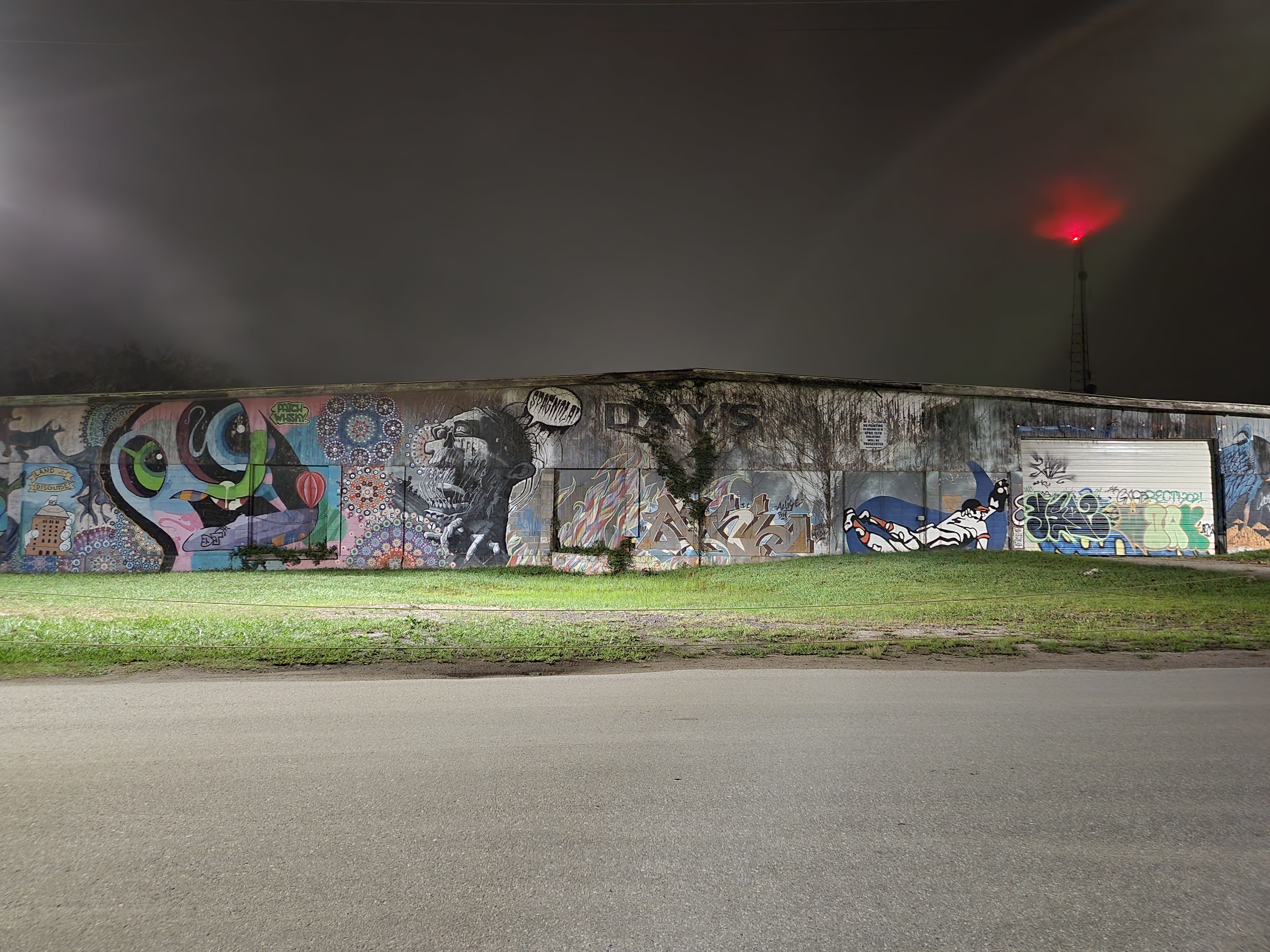


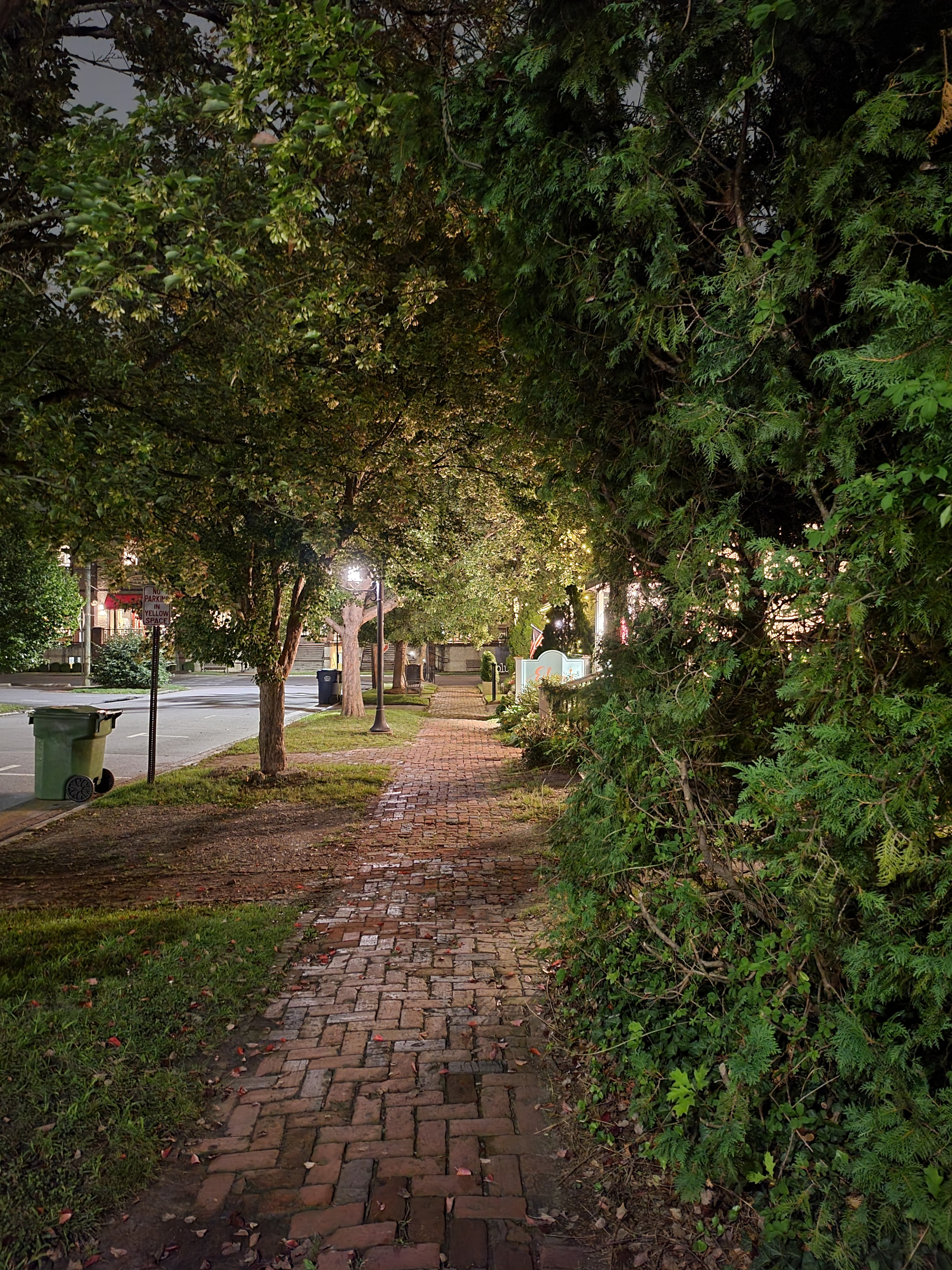
Telephoto camera
We'll start with some daytime telephoto shots to see if there's any noticeable improvement in well-lit conditions.
The first shot is an obvious improvement. At 2x, the Z Fold 4 is still using the main 50MP sensor to take the shot while the Z Fold 3 switches to its 2x optical telephoto lens. Even with just a digital crop, the Fold 4 looks better.
The second shot is surprising because, at 3X, the Fold 4's telephoto lens kicks in. It definitely looks better than the Fold 3's shot — including a notable reduction in sharpening and other artifacts that appear when digitally cropping a sensor — but it's not quite heads and tails better as I would have expected.
The third shot is zoomed in to 10x — the Z Fold 3's maximum zoom level — and it shows. The Fold 4 looks substantially sharper and cleaner here, pulling in a lot more detail everywhere, while the Fold 3 just looks like a blurry mess. This is the difference between a usable photo (from the Fold 4) and one that you probably wouldn't want to share (from the Fold 3).
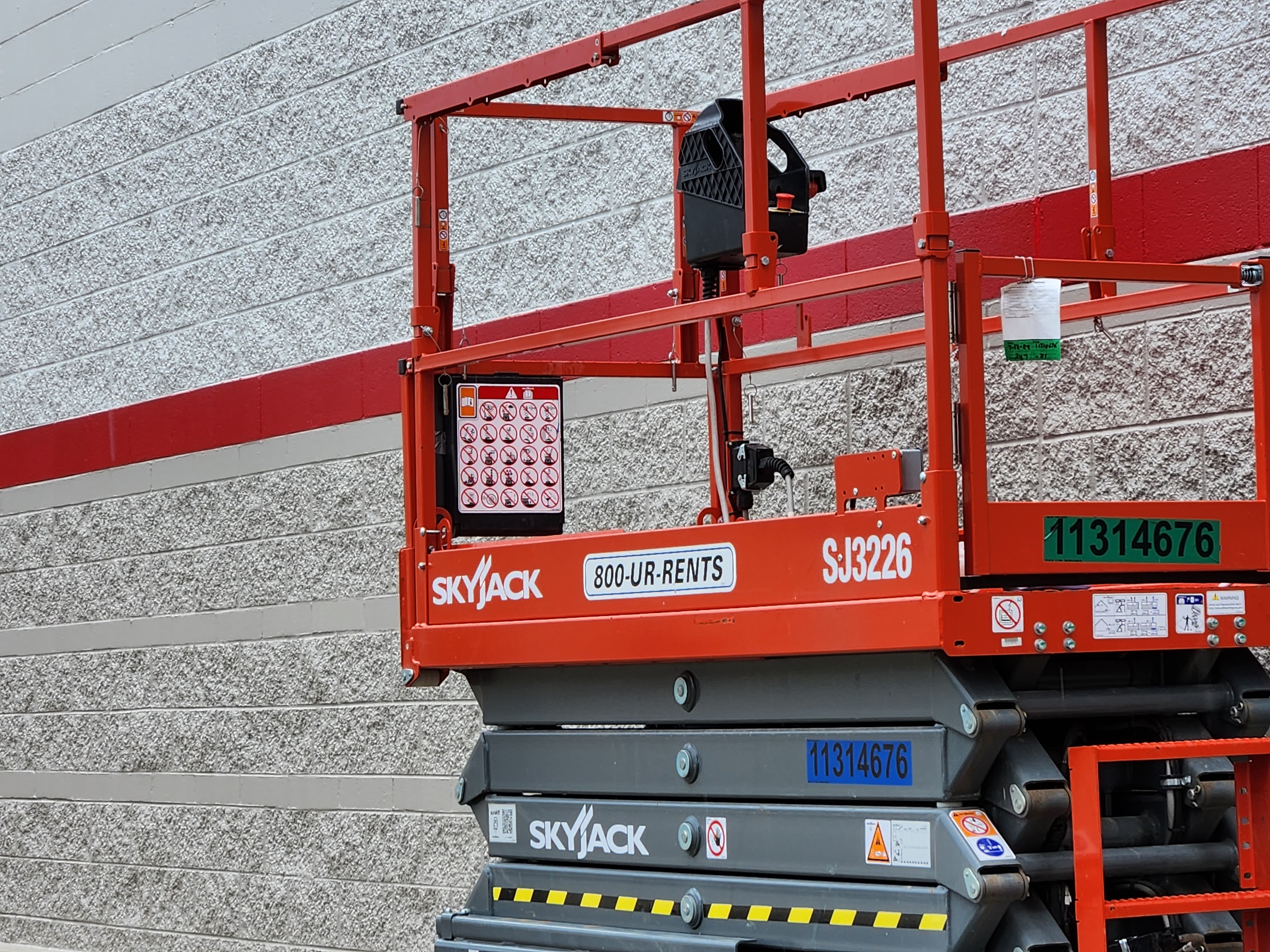
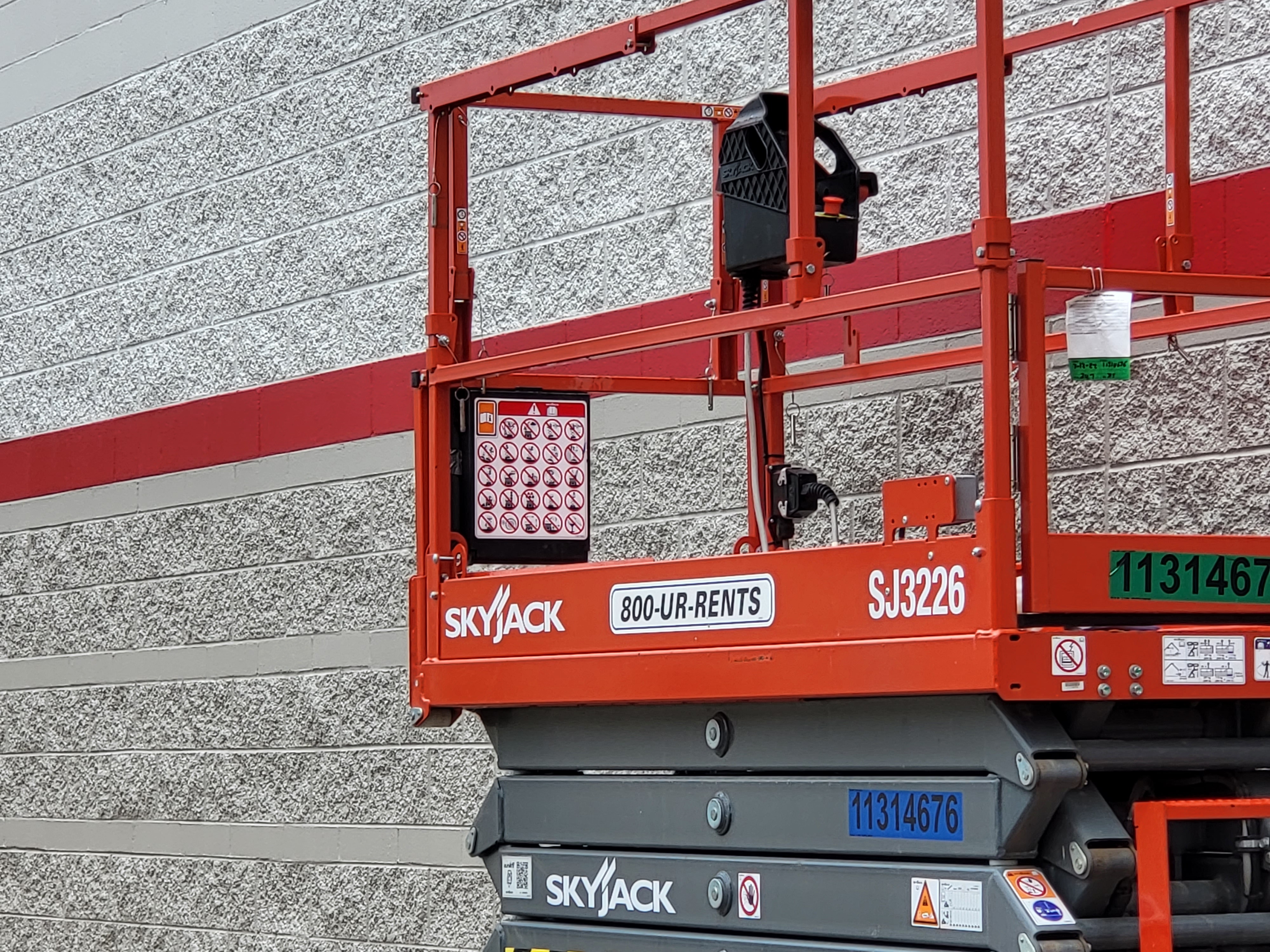
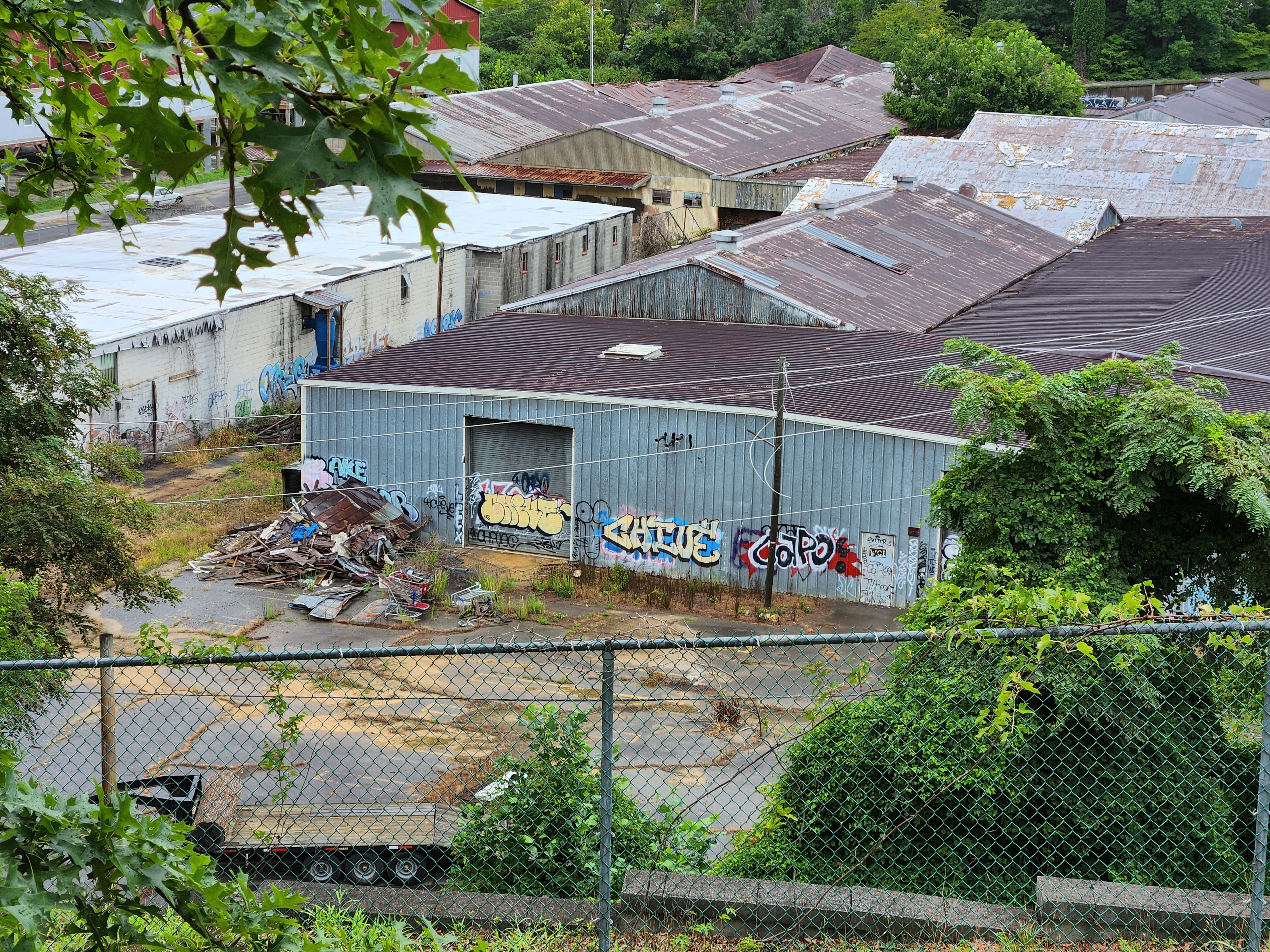
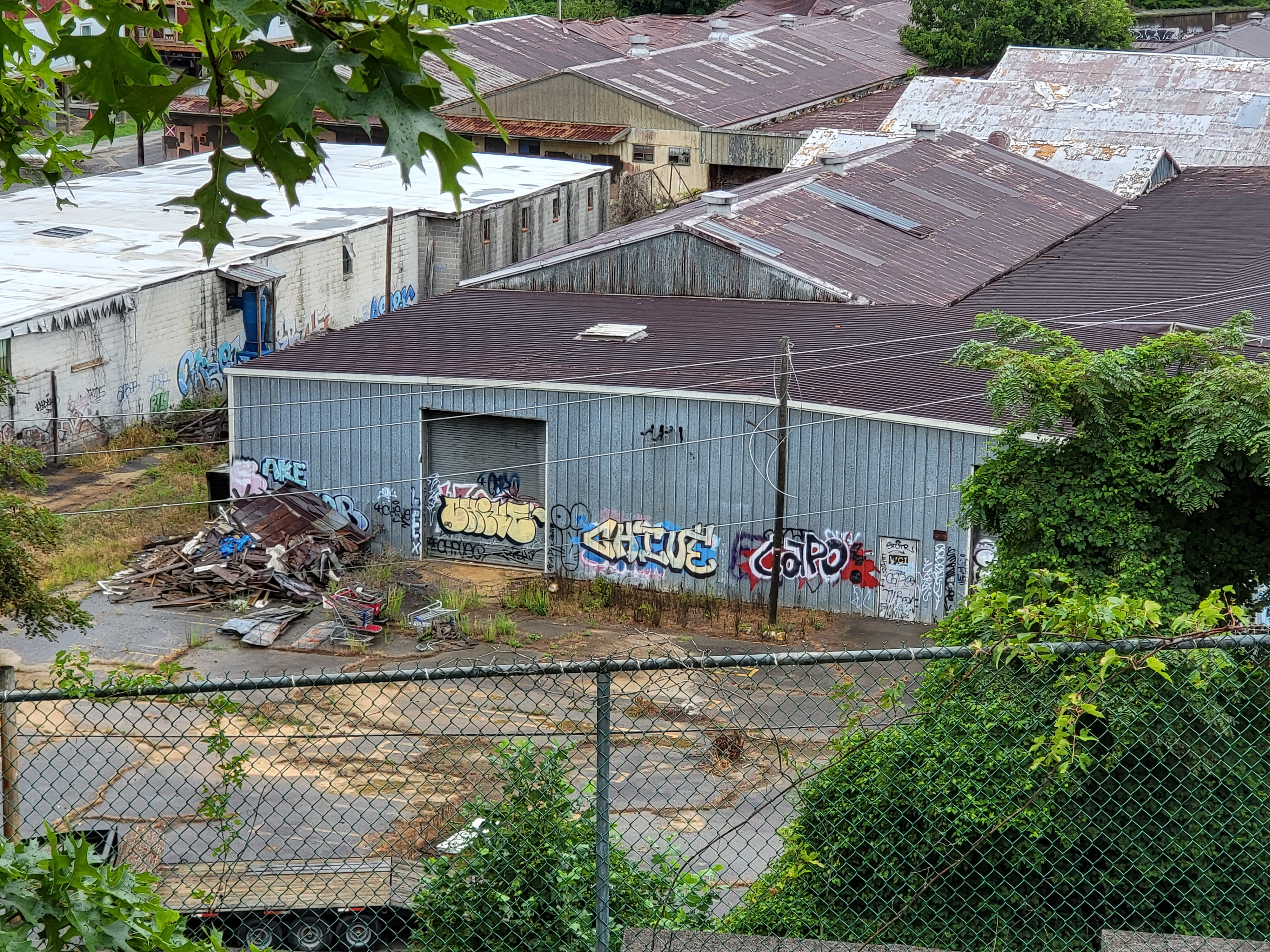
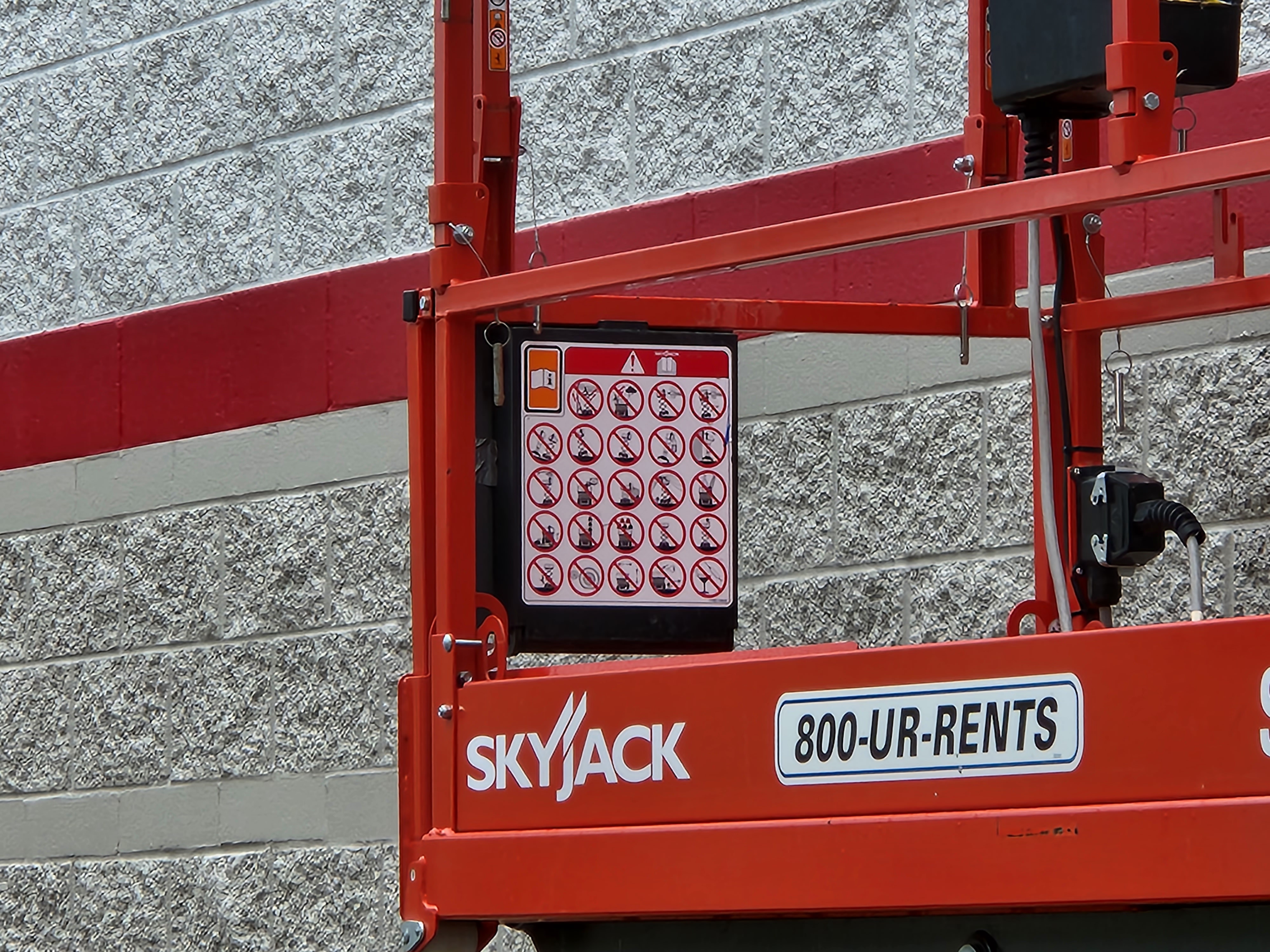
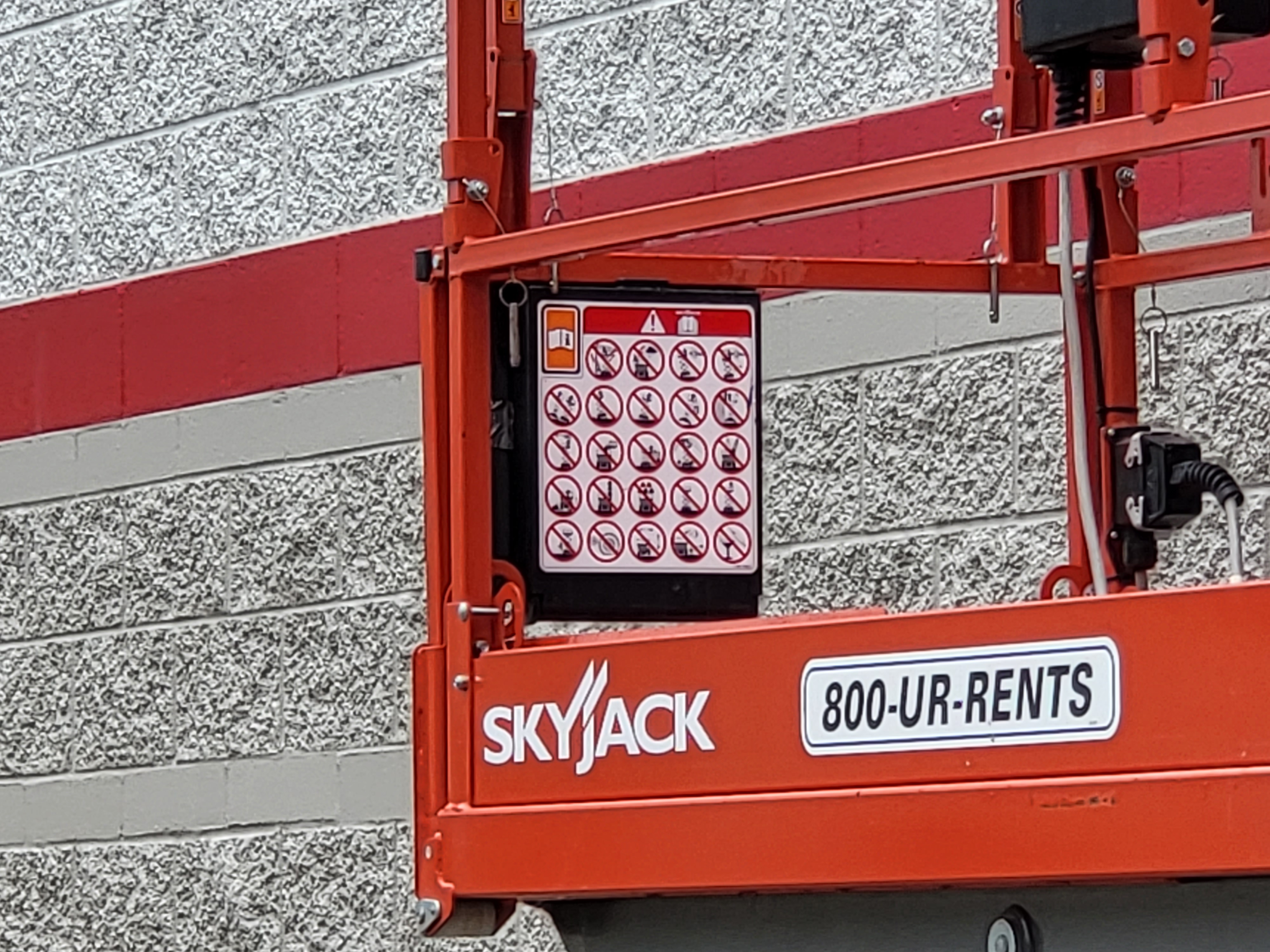

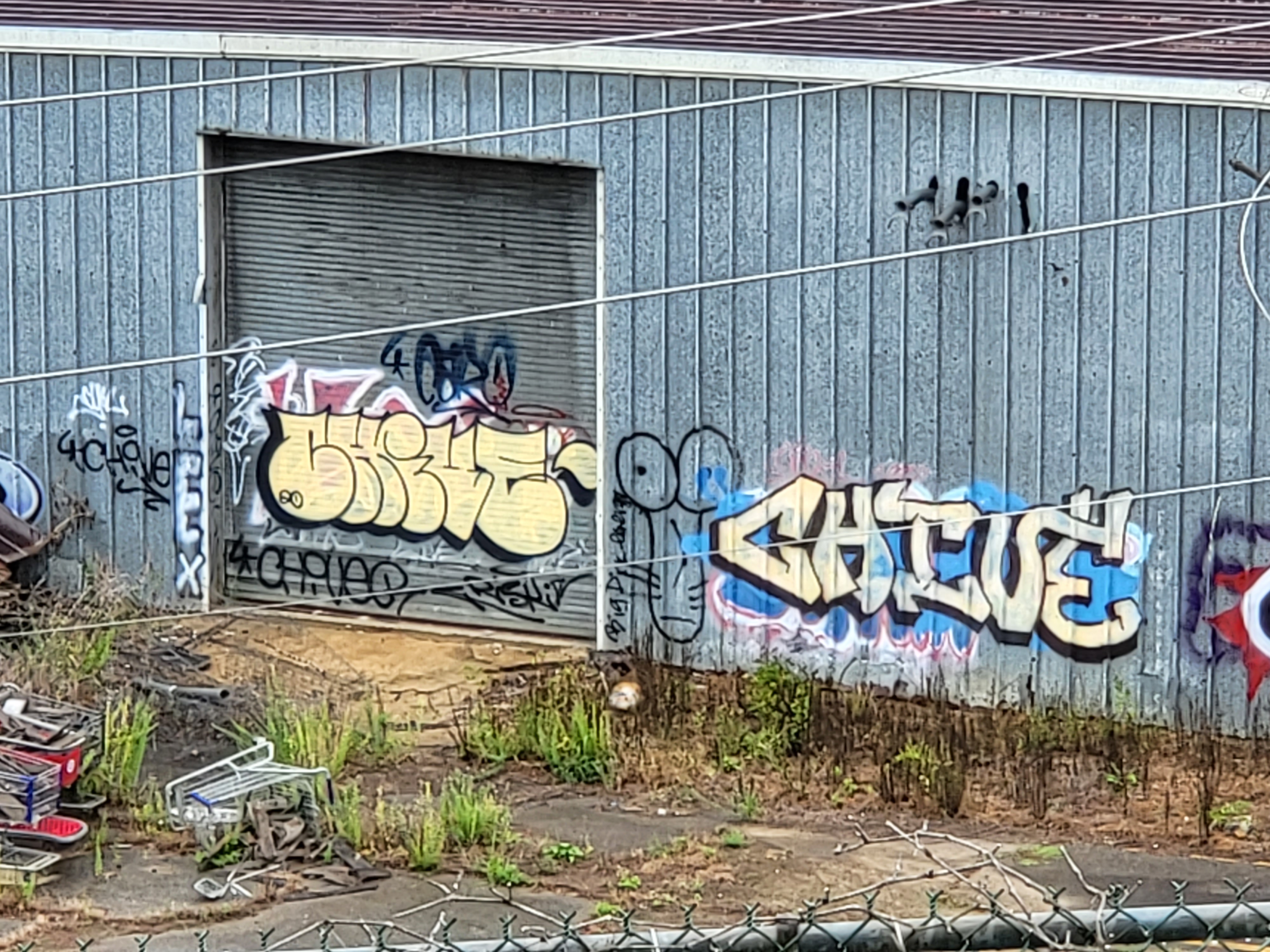
Now, how about low-light telephoto shots?
In the first shot, the streetlight seems to have affected the Z Fold 4 more than the Z Fold 3, washing out the Fold 4's shot a bit. Even with that, the processing on the Fold 4 is substantially better and you can see how the over-sharpening on the Fold 3's shot affects the end quality and fine details.
The second shot is zooming 5x into a very dark area (no direct light at all). In this scenario, there's no real discernable difference between the two although, again, the Fold 4's processing is a tad bit nicer.
The third shot, at 10x, shows a noticeable difference between the two. You're still not going to want to make a habit of zooming in too far at night but the Fold 4's shot is certainly more usable than the Fold 3's shot. It's got both more detail — which you can see in the text and stucco walls on the building in the background — and better overall dynamic range which you can see in the streetlight.
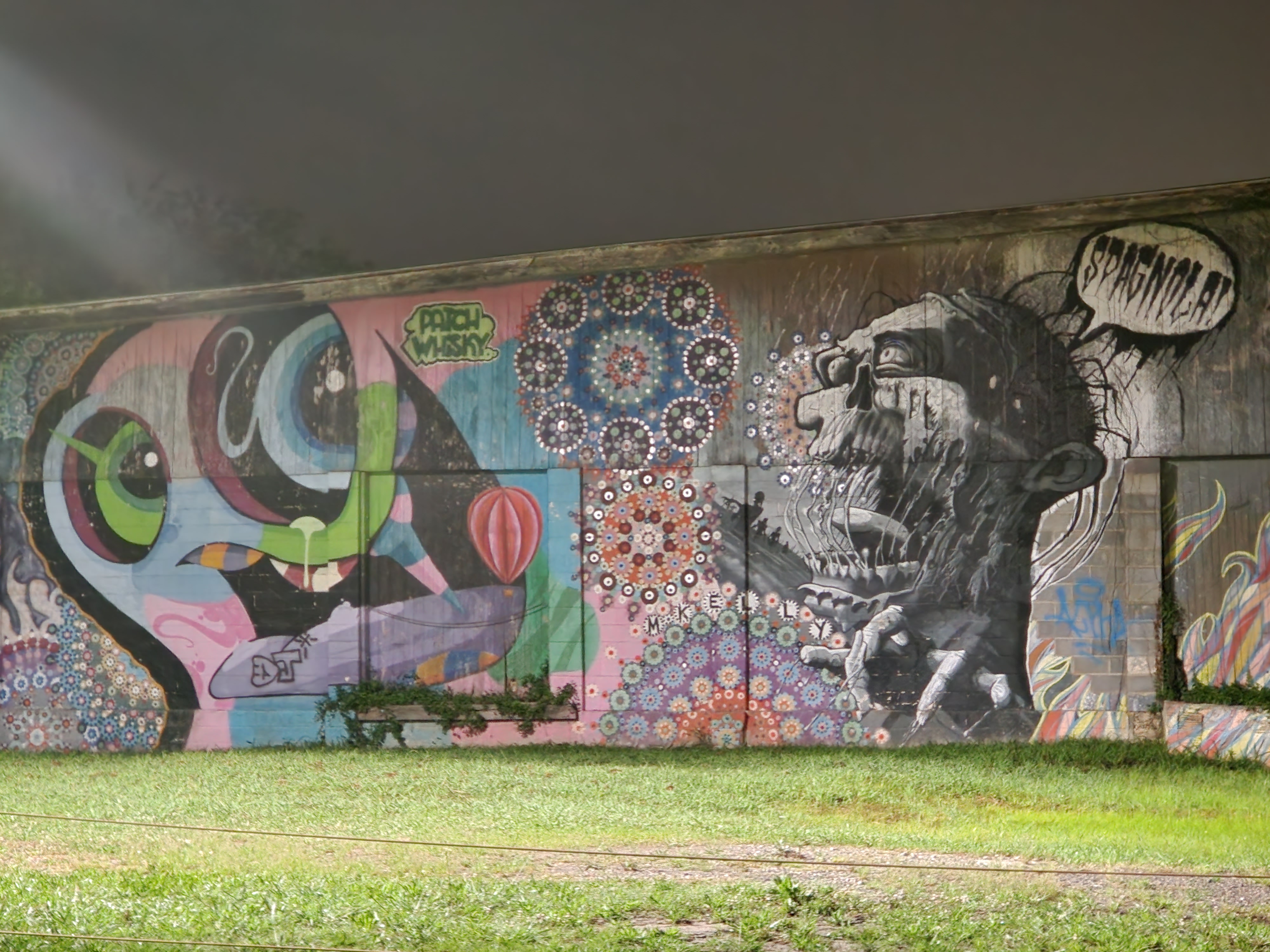

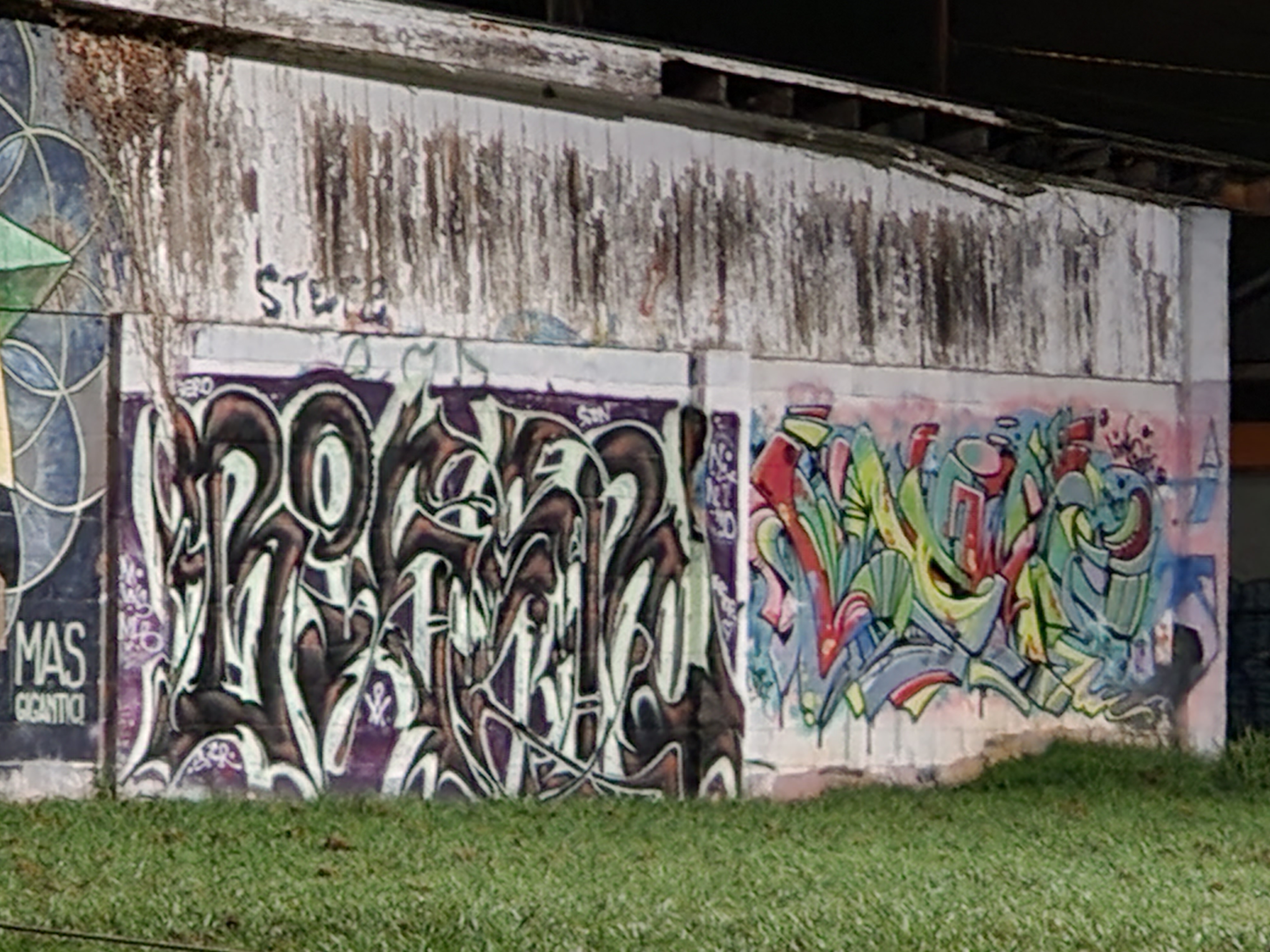
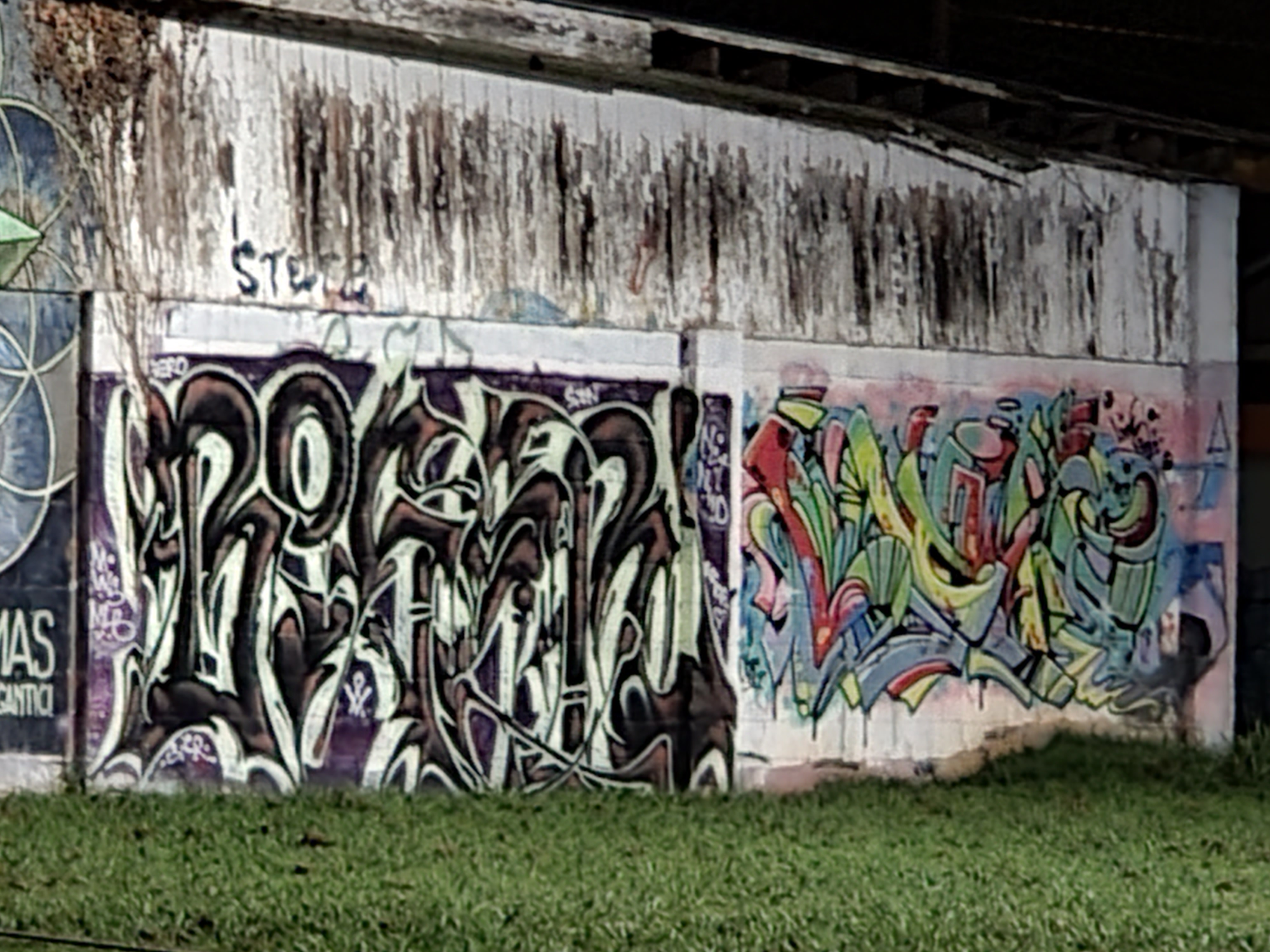
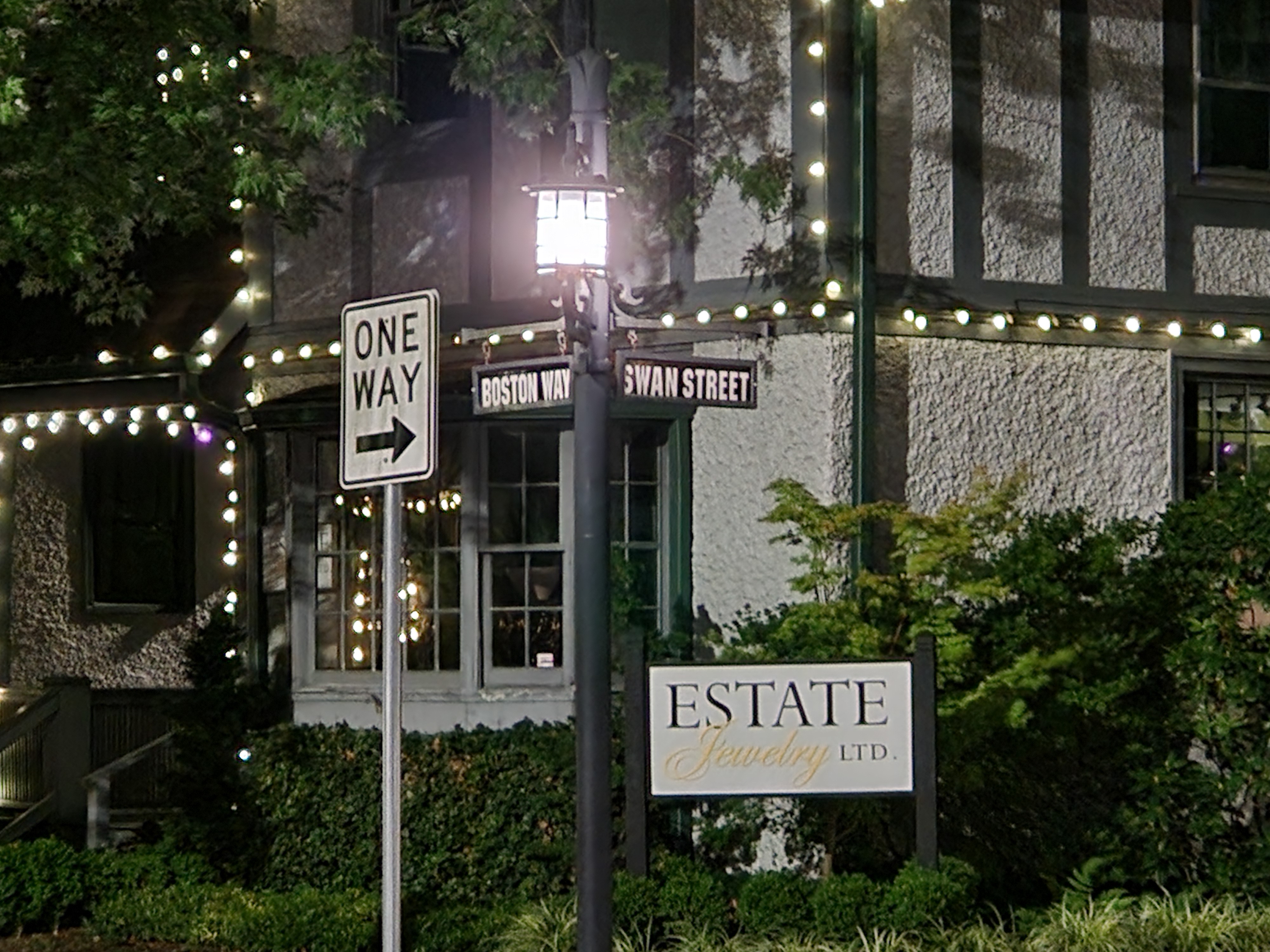
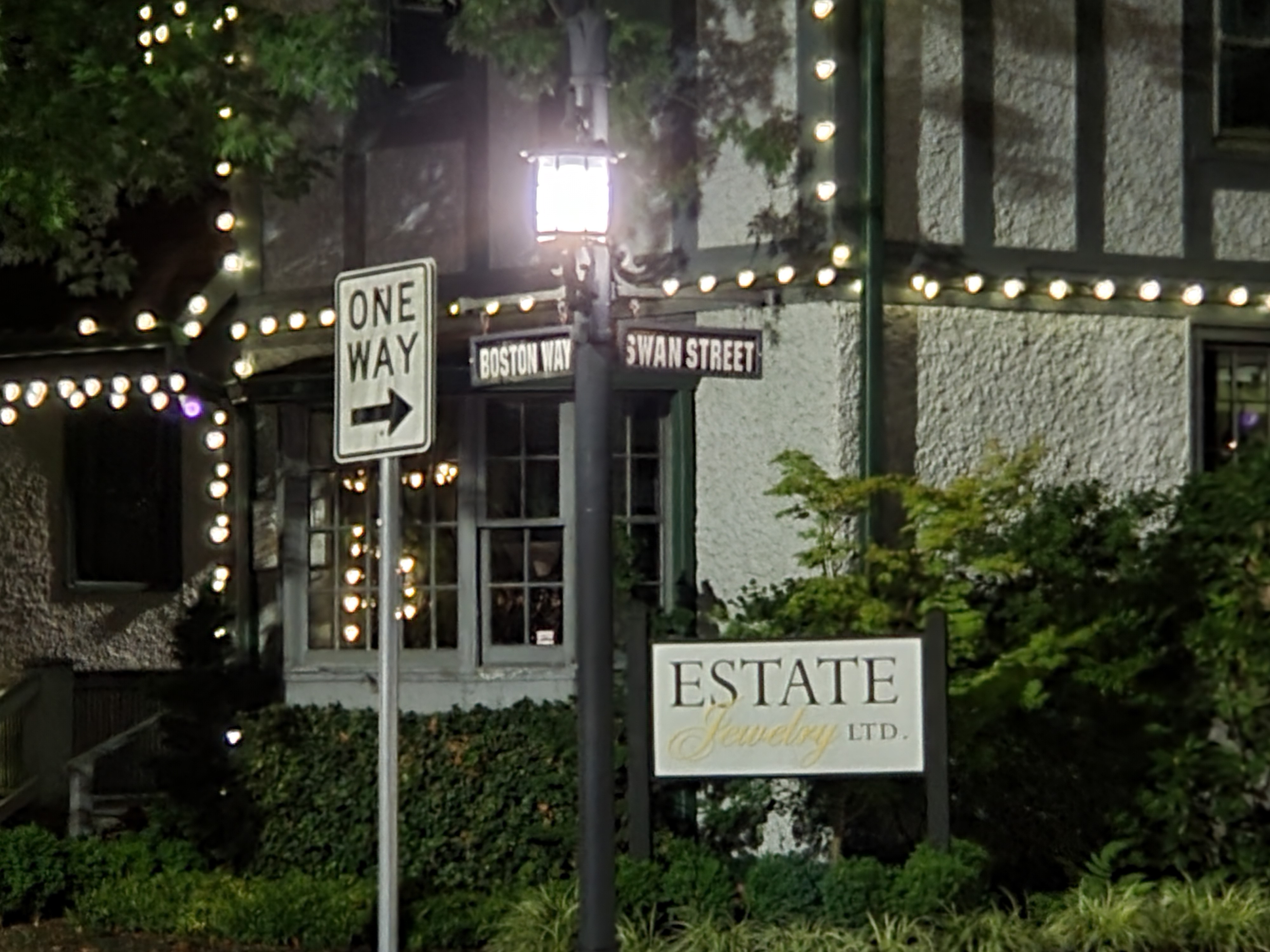
Ultra-wide camera
Ultra-wide cameras often draw the short straw in terms of overall quality, but Samsung has certainly improved the camera quality on the Fold 4's ultra-wide sensor. You'll notice that there's no real difference between the phones during the daylight — save, maybe, for a slight change in white balance — but the nighttime shot is a dramatic difference, to say the least.
Absolutely everything about the Fold 4's ultra-wide camera looks better than the Fold 3's at night, from the detail to the white balance and even the brightness level. It's a darn impressive upgrade that I certainly didn't expect.
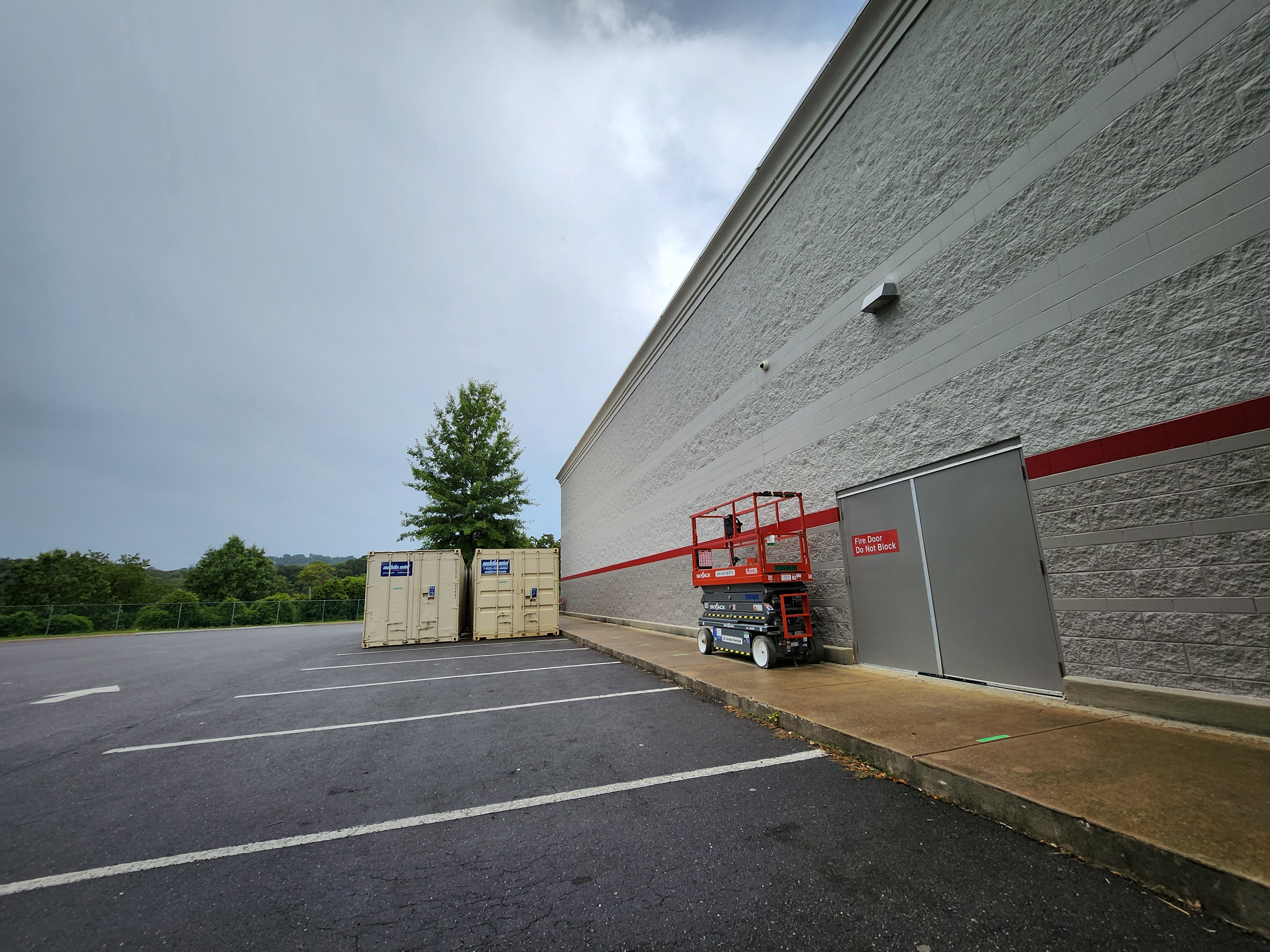
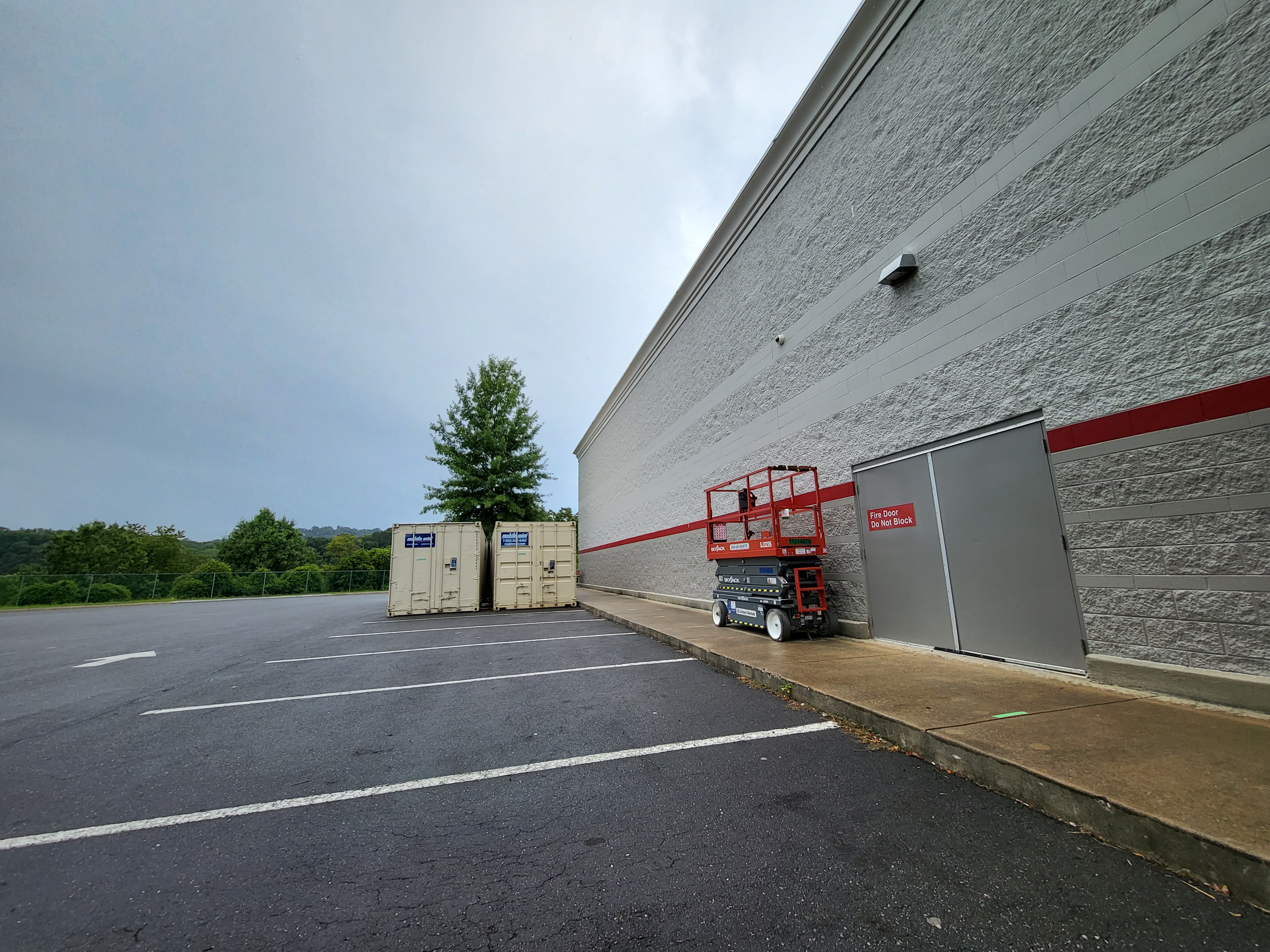
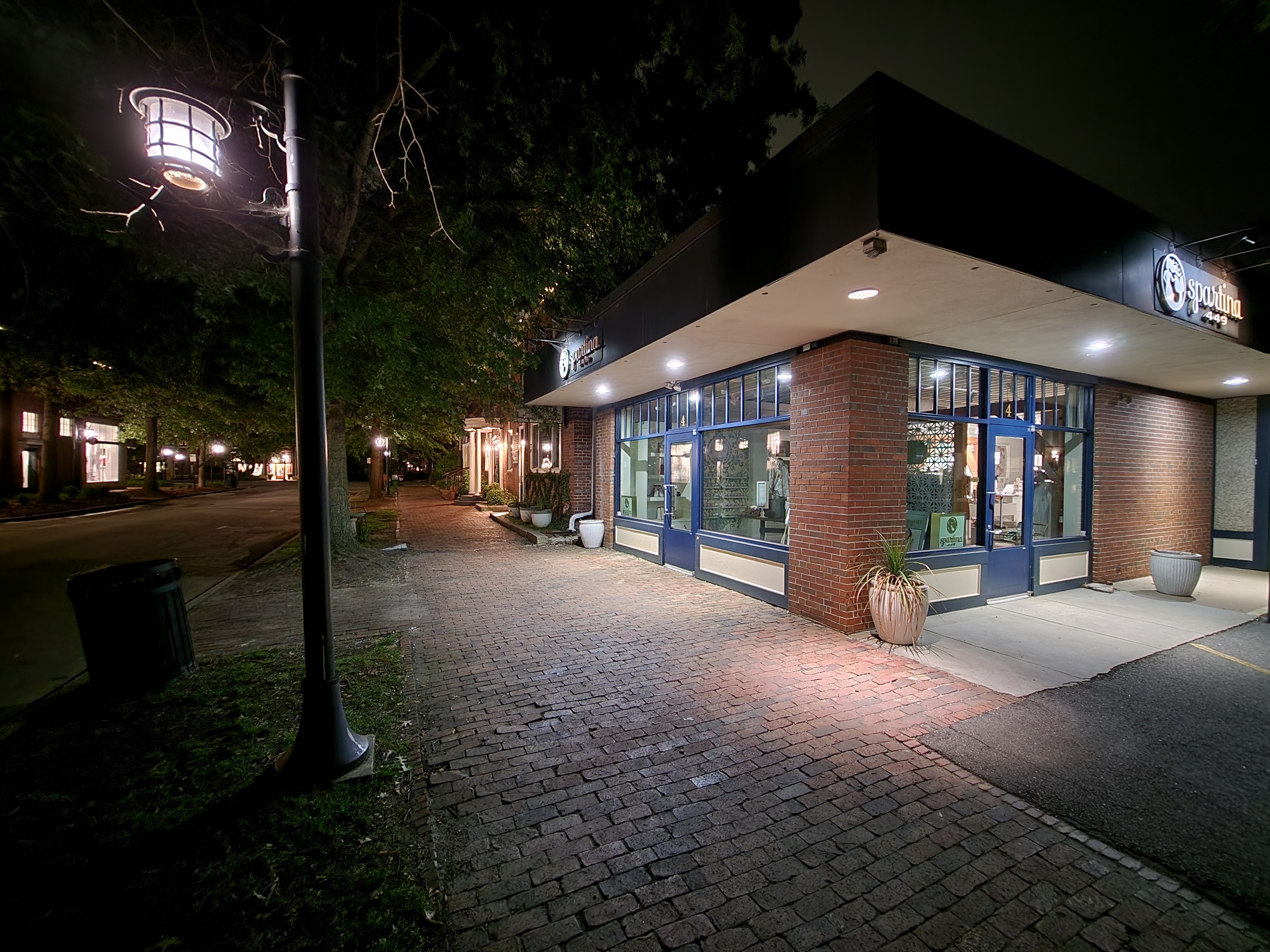
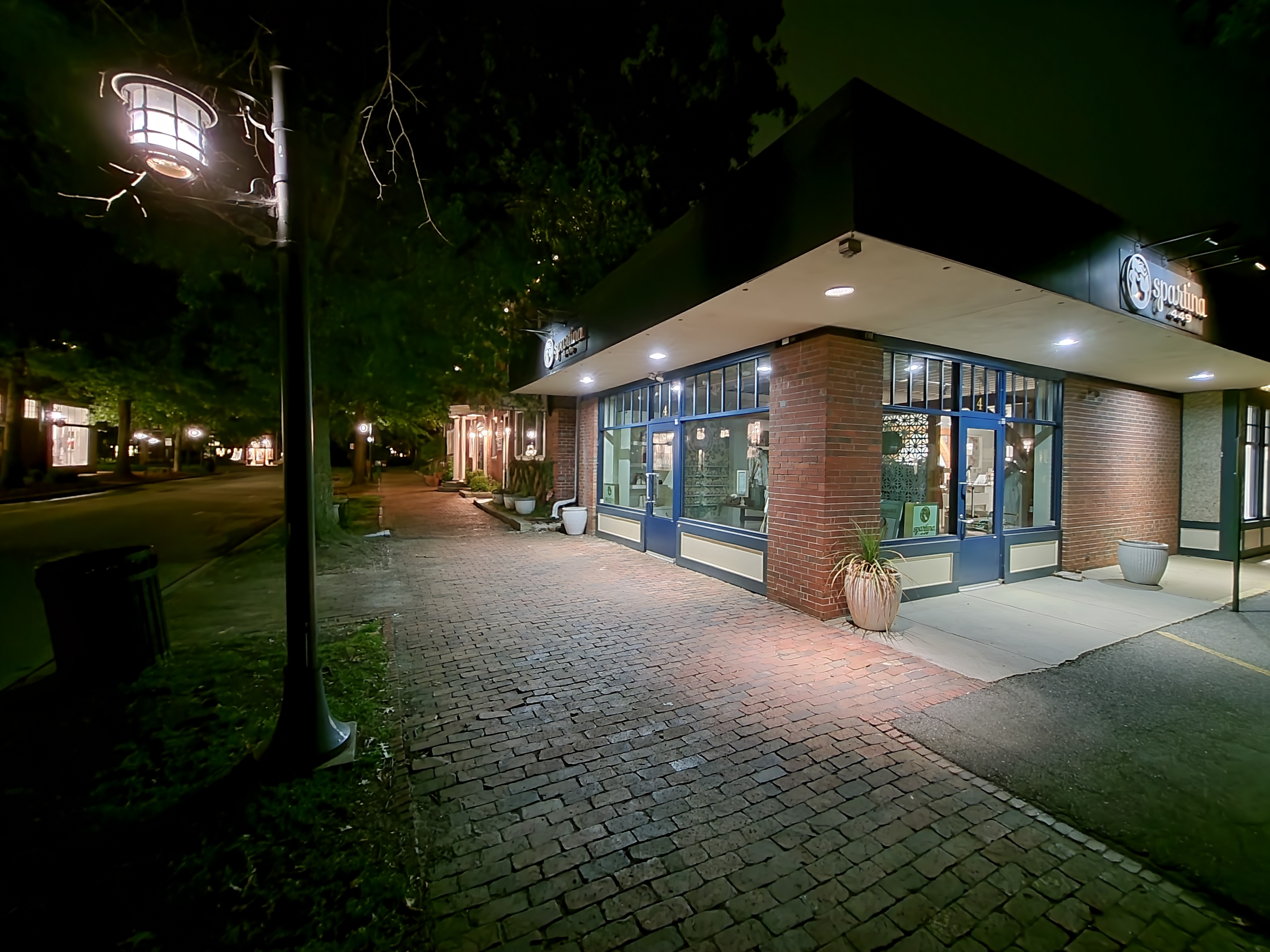
Cover camera
The Fold 4's cover camera maintains the same 12MP resolution as the Fold 3's, but the sensor itself is a newer, better sensor. During the day, the Fold 4's front camera photos look genuinely excellent, while the Fold 3 clearly looks like it was taken from a smartphone, complete with lots of over-sharpening. The Fold 4's also has better exposure and dynamic range.
Nighttime shots aren't even a comparison. The Fold 4's front-facing cover camera looks so much better than the Fold 3's it's not even funny. Everything is better in every single way, and the Fold 4's shot just looks plain great.
You won't find much of a difference between the portrait mode on either phone, but the Fold 4 utilizes Samsung's AI Stereo Depth Map, a technology that Samsung introduced with the Galaxy S22 series. That results in better separation of subjects from the background using AI-powered routines. The difference in this shot is subtle, but you'll notice a few points where the Fold 4 did a better job than the Fold 3 at separating my hair from the background.


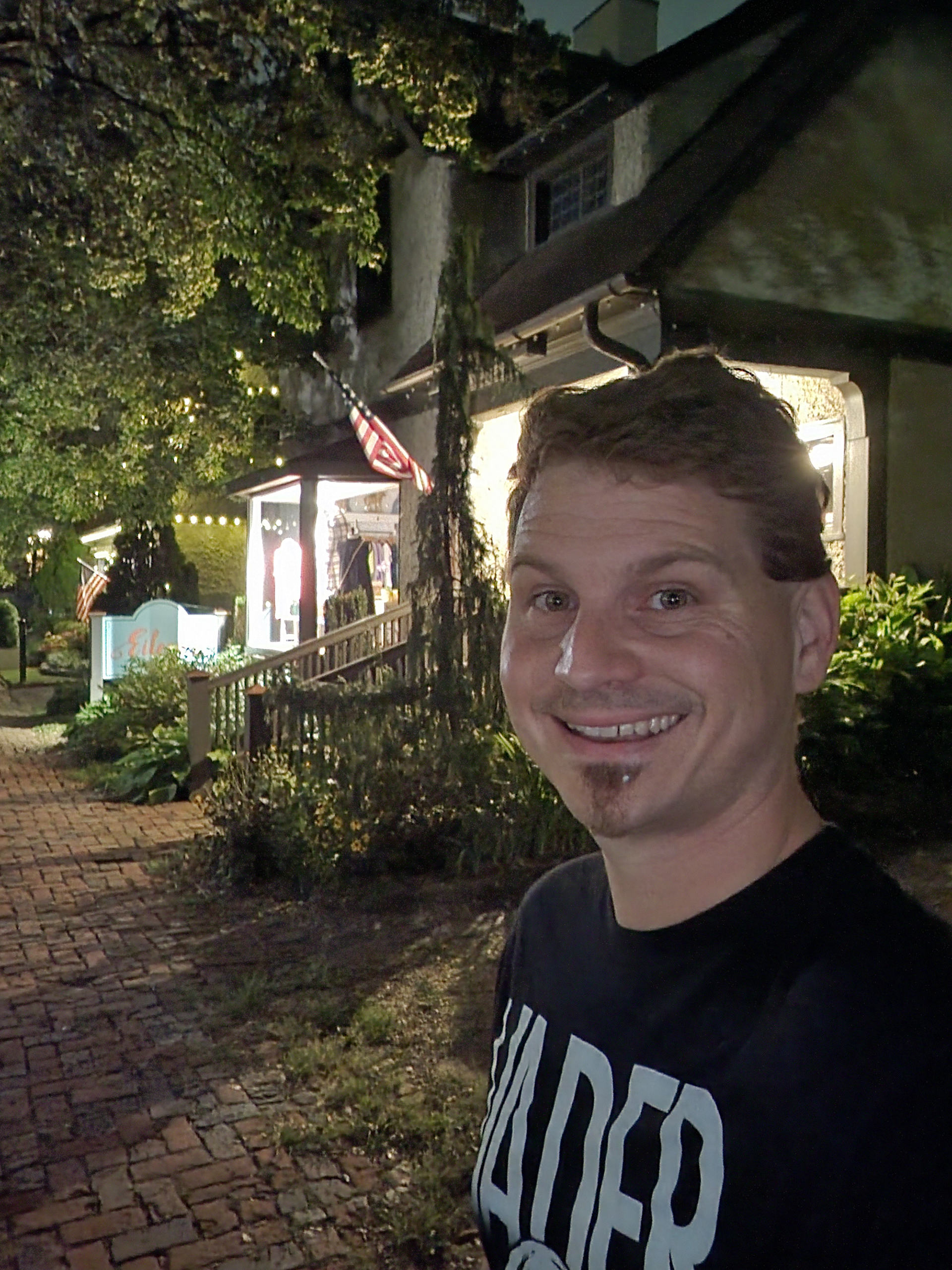



Inside under-display camera
Samsung supposedly didn't upgrade the under-display camera sensor but you'd never know it looking at the shots below. It's still got the same 4mp resolution and 2μm pixel size, but Samsung completely reworked how the display itself works at a sub-pixel level. The result is not only a camera that's much harder to spot with the screen on, but one that produces much, much better results.
Both direct sunlight and indoor, high-contrast tests result in a substantially better image that's sharper, cleaner, and higher-resolution looking (even though they're an identical resolution). Kudos to Samsung here.




We have a winner
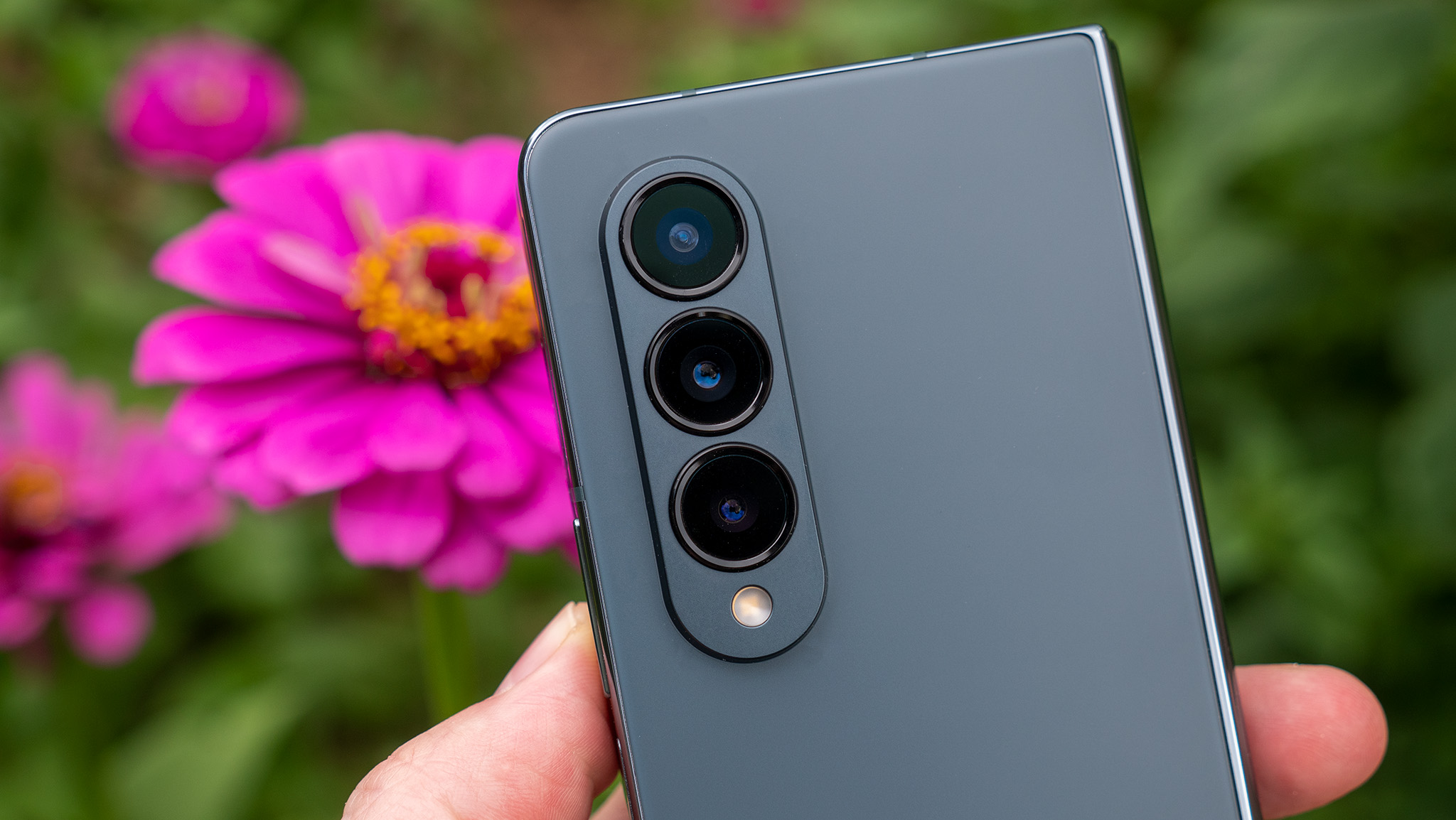
It's pretty clear to see how much better the Samsung Galaxy Z Fold 4's cameras are when compared to the Galaxy Z Fold 3. That's great, especially since the Z Fold 4 retails for $1,799 outright.
Thankfully, you don't have to buy it at full price thanks to some amazing Galaxy Z Fold 4 deals that'll get you up to half off the newest foldable on the block. It's still not quite Galaxy S22 Ultra levels of camera quality but the Fold 4 is certainly an improvement worth noting.

